Alexandra Rubinstein, Amalia Angulo, Anietie Ekanem, Anthony Iacono, Bryant Girsch, Carlos Rodríguez, Drake Carr, Fernando Botero, Joseph Parra, Justin Yoon, Matthew Hansel, Matthew Stone, Mattia Guarnera MacCarthy, Michael Stamm, Morteza Khahkshoor, Ricardo Partida, Todd Lim, William Schaeuble and Xavier Schipani
The Hole is pleased to present Twinks, Twunks, Hunks & Dad Bods, a group show curated by Charlotte Grüssing looking at the male form in semi to total stages of undress. Prudes beware: from budgie smugglers to full frontal nudity, this show shows flesh. Using contemporary terminology and stereotypes as the starting point and title, the exhibition undresses the blurrier boundaries of masculinity via the male physique. Men are absolutely everywhere: the “his" in history, they dominate the canon of art as well, and have for centuries. So while men overall do not need more attention, perhaps their bodies do and how they feel about their bodies does? The male gaze and female form have been explored exhaustively in art, but the objectification of the male body and the nuances of its form have forgone as much scrutiny.
“Ladies” and “gentlemen" come in all shapes and sizes yet we assume the gentleman is blasé about his form, which leads me to my first question: muscles; health or narcissism? In Morteza Khakshoor’s My Fictional Trip To The Gym our human desire to be admired is laid bare, abs and ass tight for the pic. We see the increased self-awareness of form in our aesthetically-focused social media-driven age again in Michael Stamm’s closely-cropped portrait of the infamous Barragan swimsuit (that all the gays in Fire Island were wearing last year, with an optical illusion on the front and back that enhanced your anatomy, to put it politely). Flexing their manliness for your vote, the contestants in William Schaeuble’s Annual Warren County Flex-Off have a wholesome hint of Americana pre-Schwarzenegger, the paintings timelessness predating American Gladiators or the first official bodybuilding contest around 1900. We see the behind-the-scenes of the hunkier muscular physique in Justin Yoon’s blue Calculating Bimbo and the outcome in A Good Pump dripping beads of glittery sweat. Another poseur for our viewing pleasure, the sinister smile and pearly whites of Amalia Angulo feels as forced and tense as the figure's rippling abs.
The largest work in the exhibition, Xavier Schipani’s grayscale mural undresses all our highly-performative muscle-tensing masquerade of masculinity. Simultaneously fluid and grand, the palette pays homage to the original "art hunks", the chiseled marble of Greek and Roman sculpture also referenced in Matthew Stone’s Gaddi Torso (Stone). Creating tension between machismo, bravado and quiet moments of tenderness, the work is inspired by Xavier’s own journey as a transmasculine man, searching for his own identity to find visibility in a fully realized body. In Ricardo Partida’s Emergency Contact we see further vulnerability where even tough guys bleed, as blood streams from a gash on the figure’s forehead while a mysterious set of hands comfort the diver, referencing “Third man syndrome” or to some, a guardian angel. Not just in the compositions but also the subject matter do we see the more nuanced and beautiful side of man in the exquisite and detailed mark making of Drake Carr’s Torch and abundant details of Anthony Iacono’s painted collages.
Our need to standardize and quickly categorize forms into subgroups comes hand-in-hand with plenty of specific stereotypes. From the hairy chest of Todd Lim’s Untitled (Life Preserver) (made with the artist’s own chest hair) to Mattia Guarnera MacCarthy typically female promiscuous lower back tattoo, the artists here are taking gendered stereotypes with a grain of salt. After all, the definition of “dad bod” being "a physique regarded as typical of an average father" does not mean anything given such broad body diversity. Is the term then a scapegoat for big beer bellies and body complacency, suggesting once a man has found a mate and fathered a child, he no longer needs to maintain his physique? The majority of the artist's muscular response to the theme (like the heavenly idealized torso in Joseph Parra’s topographical painting) and the deficit of girthier guts in this show suggests a "dad bod" could be any bod, just as a "beach bod" is any body at the beach.
Twinks, Twunks, Hunks and Dad Bods was all that could fit in the title but bears and otters deserve an honorable mention. The Twink is a young attractive gay man normally with a slim or boyish appearance; the Twunk has the boyish-face of a twink but the muscular or “jockier” body of a hunk (or in some cases is a sort of veteran twink). I am certainly not saying it’s time for us all to overtly ogle or start wolfing dudes on the street; however, I once did catcall a male friend to a look of shock and pure delight for his first time being publicly objectified, but instead we should consider both the catcaller and the catcalled. Our body type and how we look apparently does not matter so much in Alexandra Rubinstein's Just A Hole, as you can play cornhole in the gallery using two very attractive men as just a fun game, degrading the subjects bodies to sexual objects.
When scrutinizing masculinity, the conversation can easily escalate to serious issues with global political impact, especially now with the idea of "manhood" and "manliness" looming over the election, gender on the ballot alongside anti-LGBTQIA+ legislation. The show is a response to both the current polemical issues of gender and the incredible work happening in male figuration now. Not to say this is new—we have the great beefy Botero in the room here after all—but male attractiveness is being questioned in very vulnerable and honest ways and the bodies we are seeing in art feel more and more liberated from the straitjacket of masculinity than ever before—or at least unbuttoned.
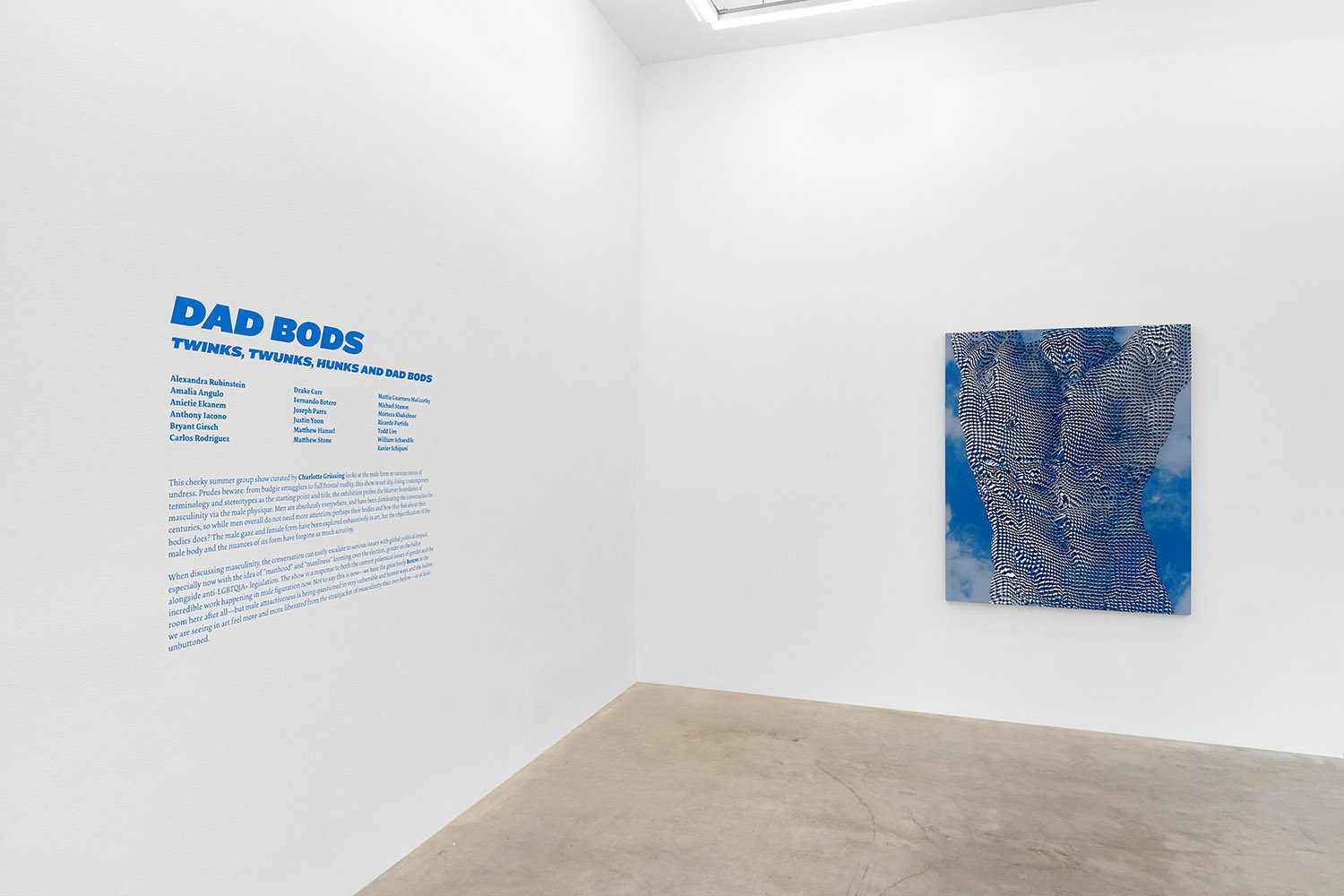



























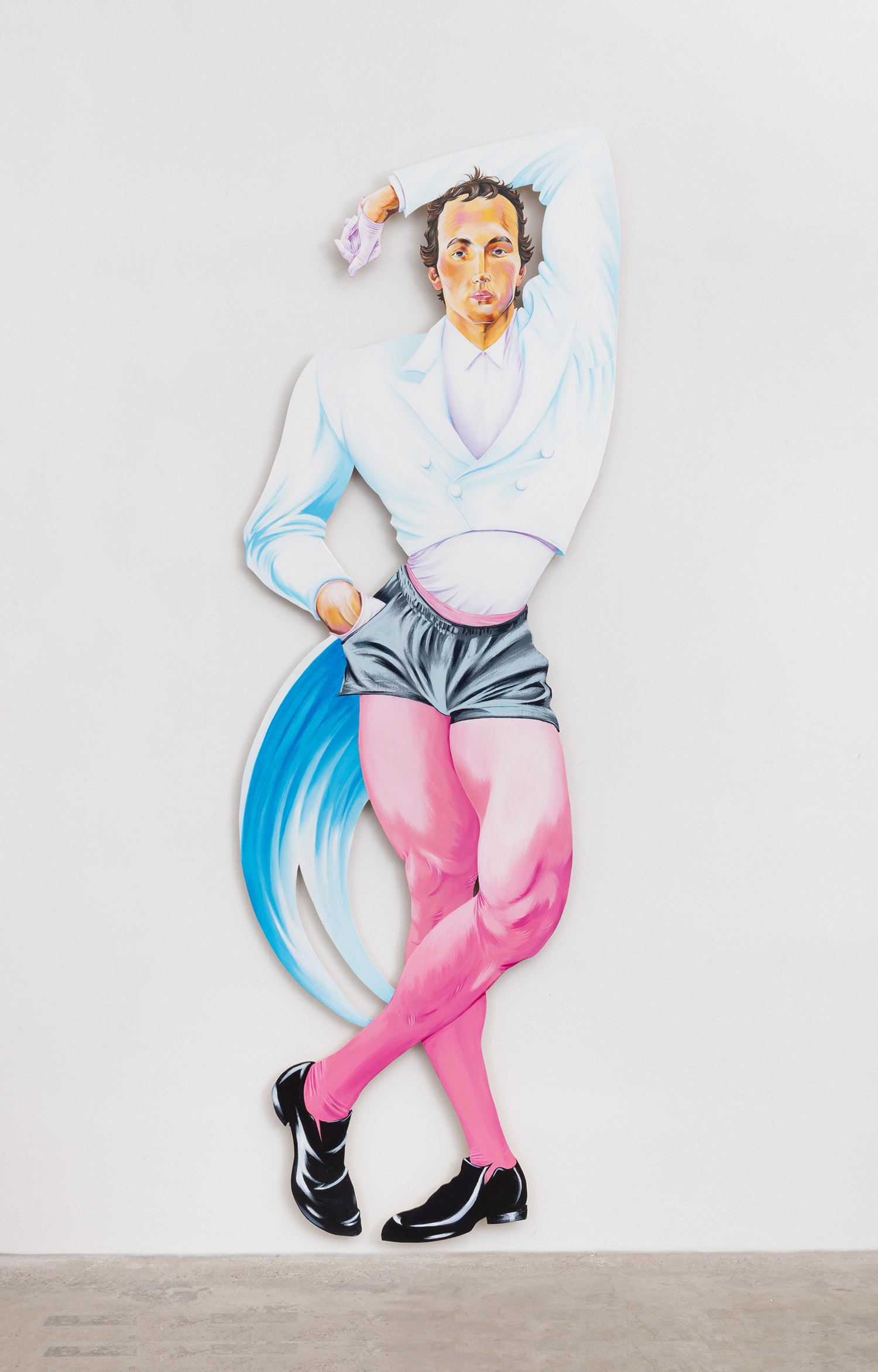
Drake Carr, Posing Man, 2023, acrylic on panel, 94 x 33 x 2 inches, 239 x 84 x 5 cm.
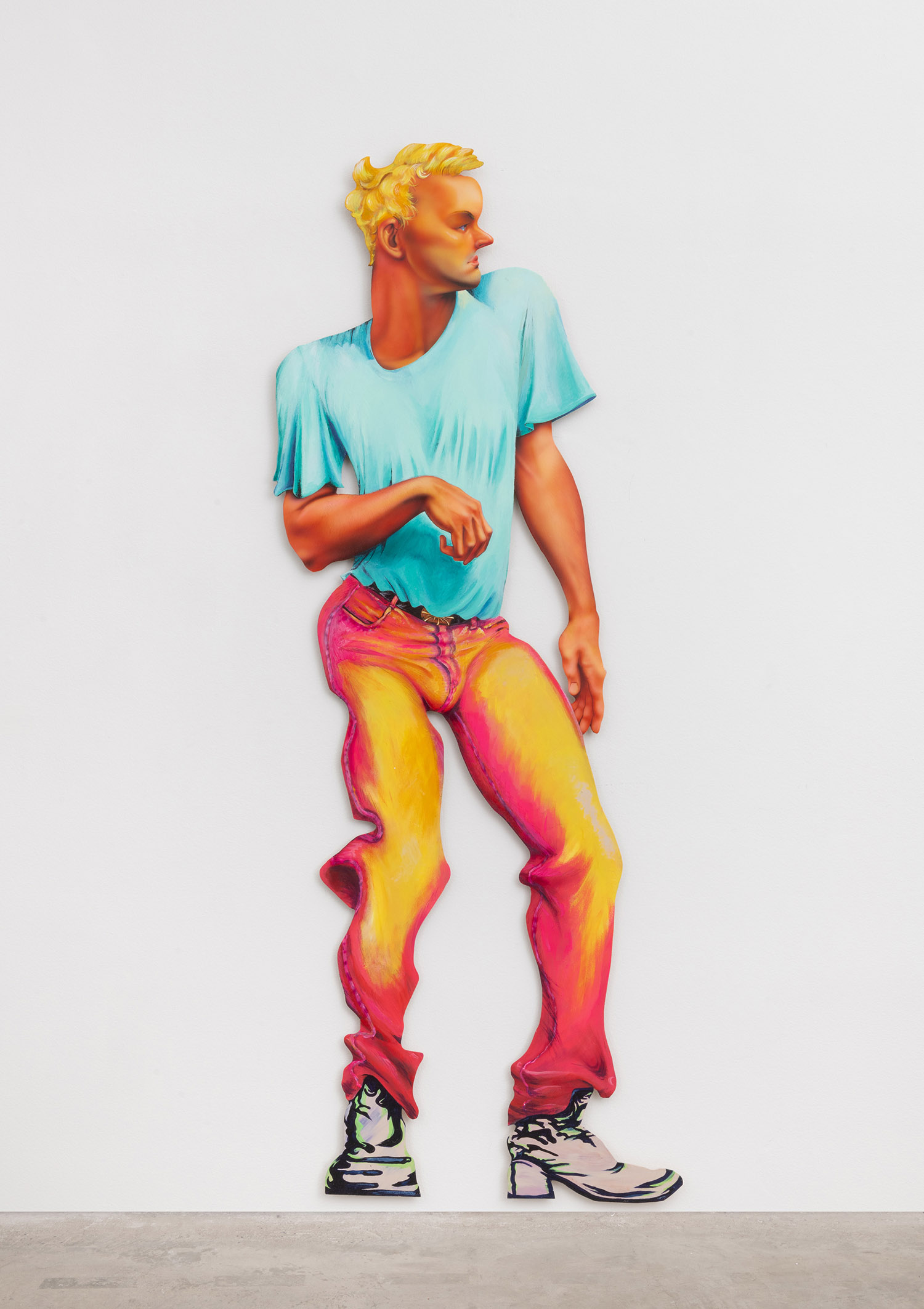
Drake Carr, Service Boy, 2022, acrylic on wood, 82 x 24 inches, 208 x 61 cm.
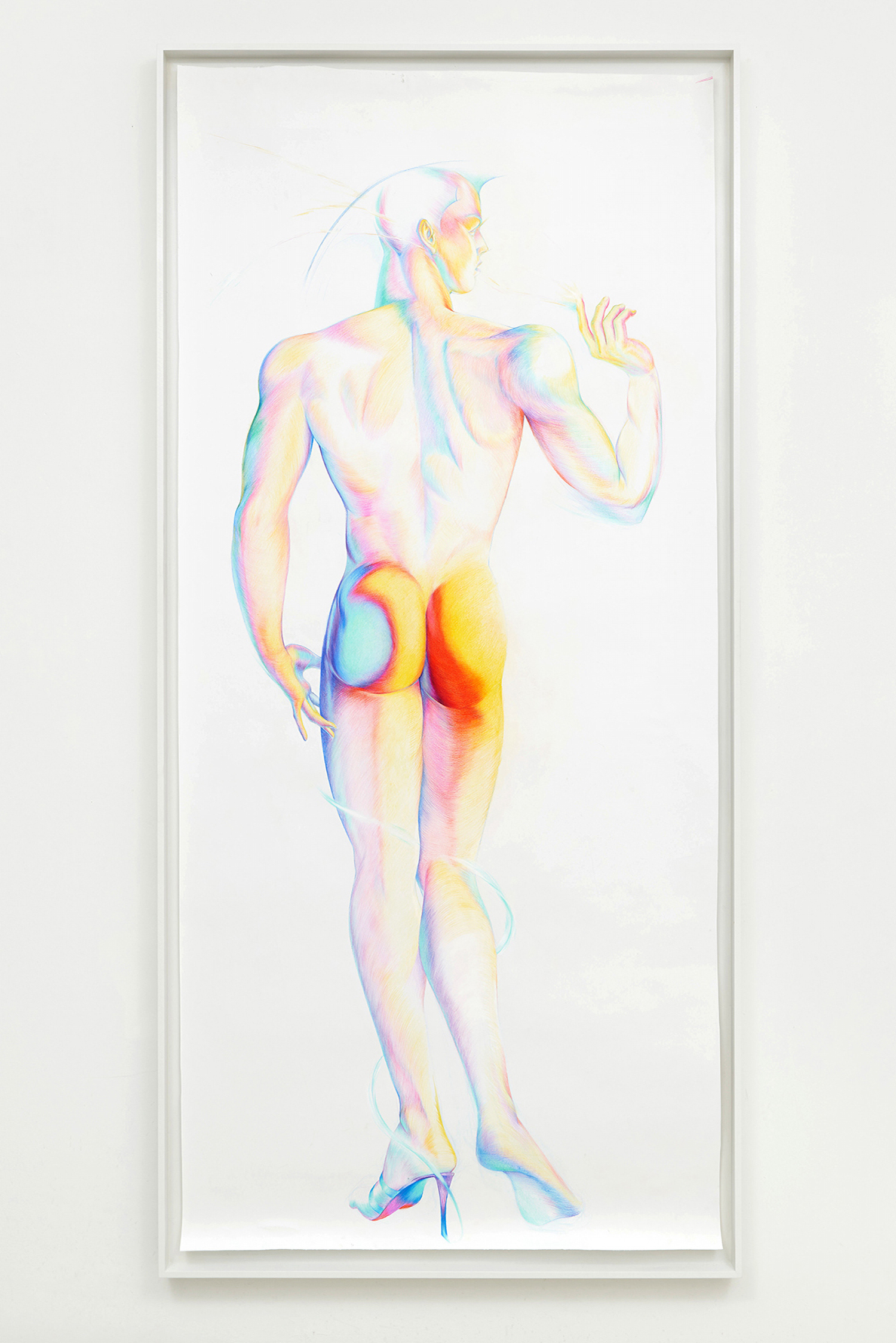
Drake Carr, Torch, 2024, colored pencil and acrylic on paper, 88 x 44 inches, 224 x 112 cm.
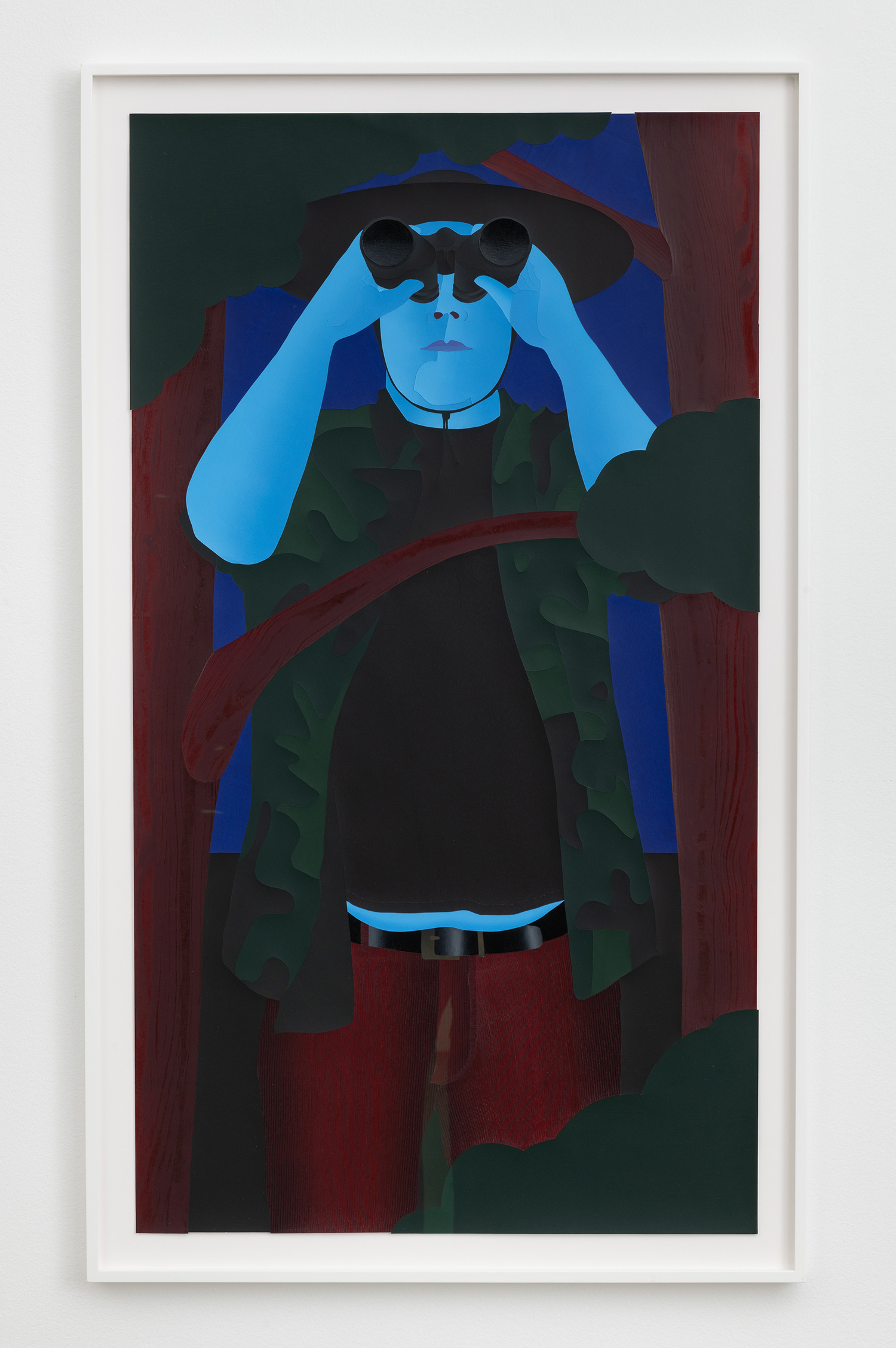
Anthony Iacono, Birder, 2022-23, acrylic on cut and collaged paper, 48 x 27 inches, 122 x 69 cm, framed: 52 x 31 inches, 132 x 79 cm.
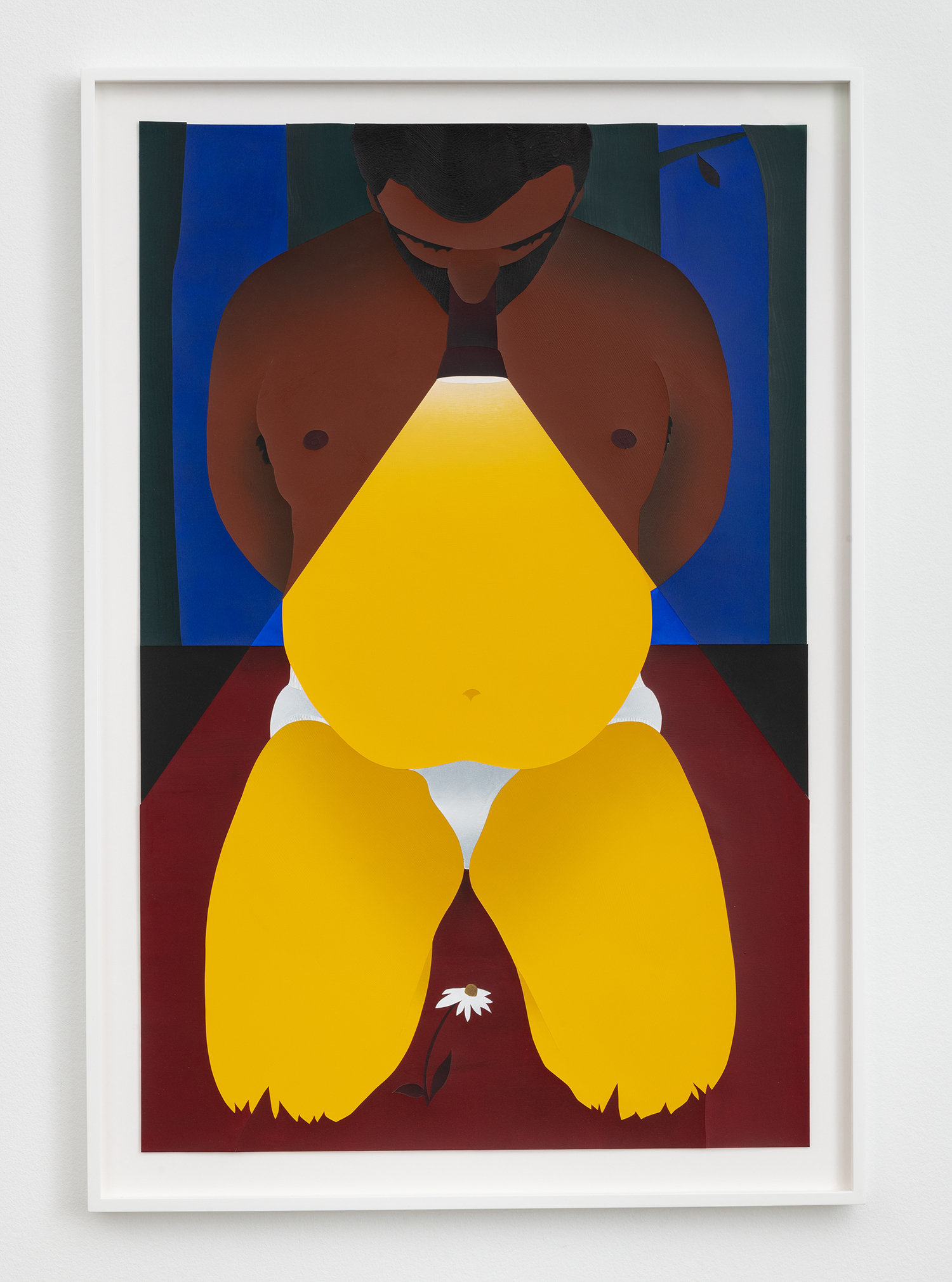
Anthony Iacono, Flashlight, 2022-23, acrylic on cut and collaged paper, 38 x 25 inches, 97 x 64 cm, framed: 42 x 29 inches, 107 x 74 cm.
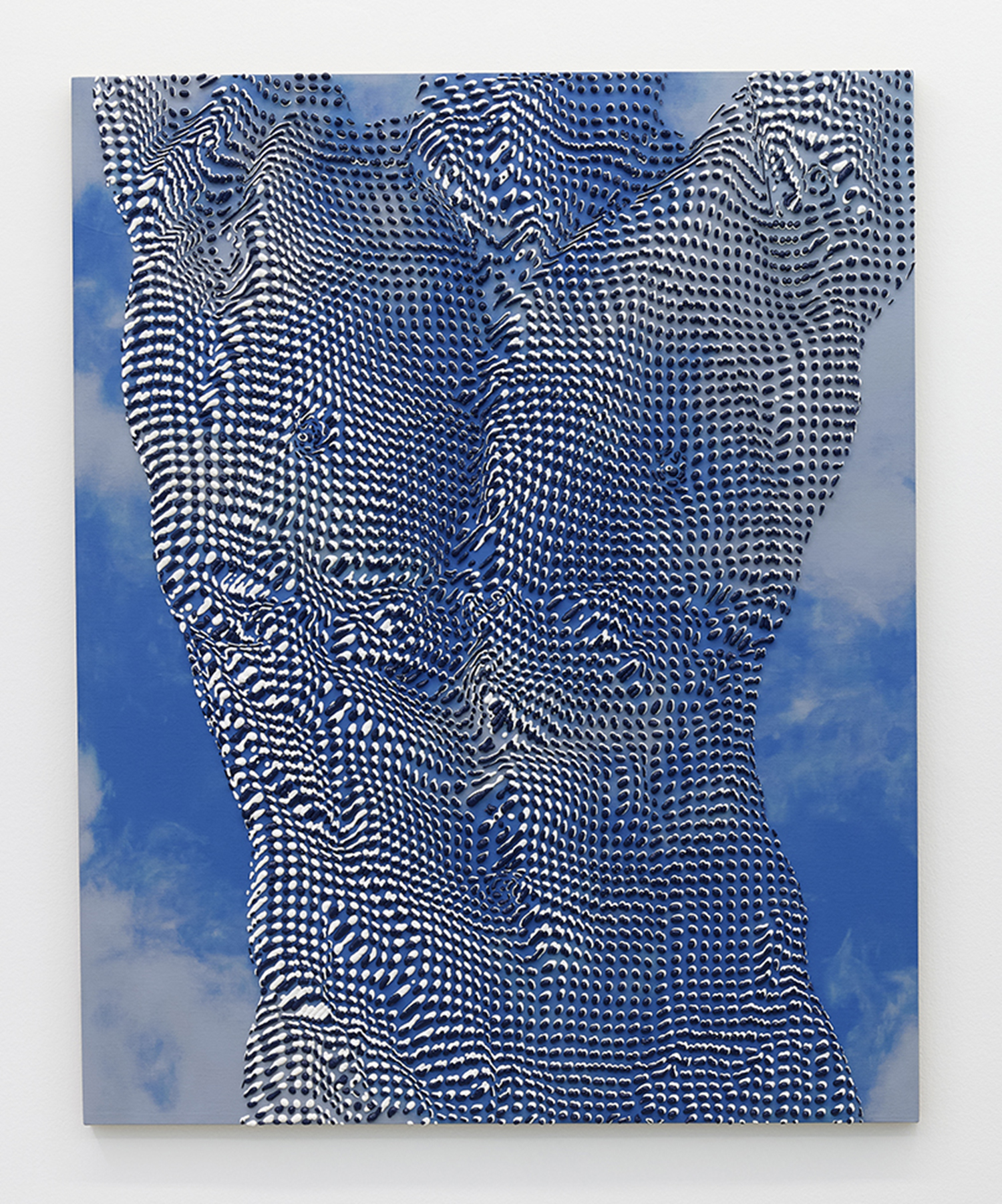
Joseph Parra, Daydream, 2024, acrylic on linen, 60 x 48 inches, 152 x 122 cm.
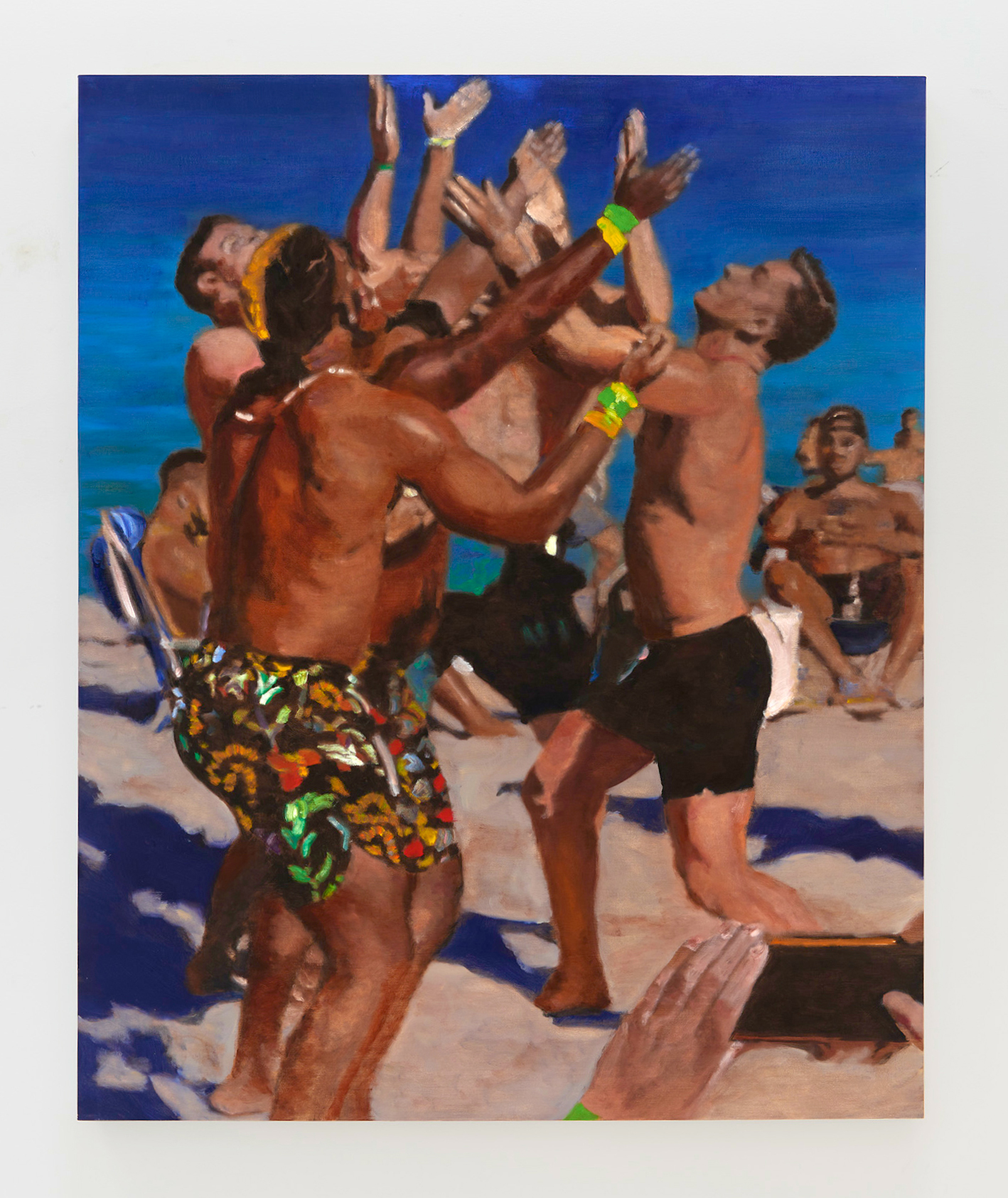
Eric Yahnker, Spring Broken, 2021, oil on canvas, 60 x 48 inches, 152 x 122 cm.
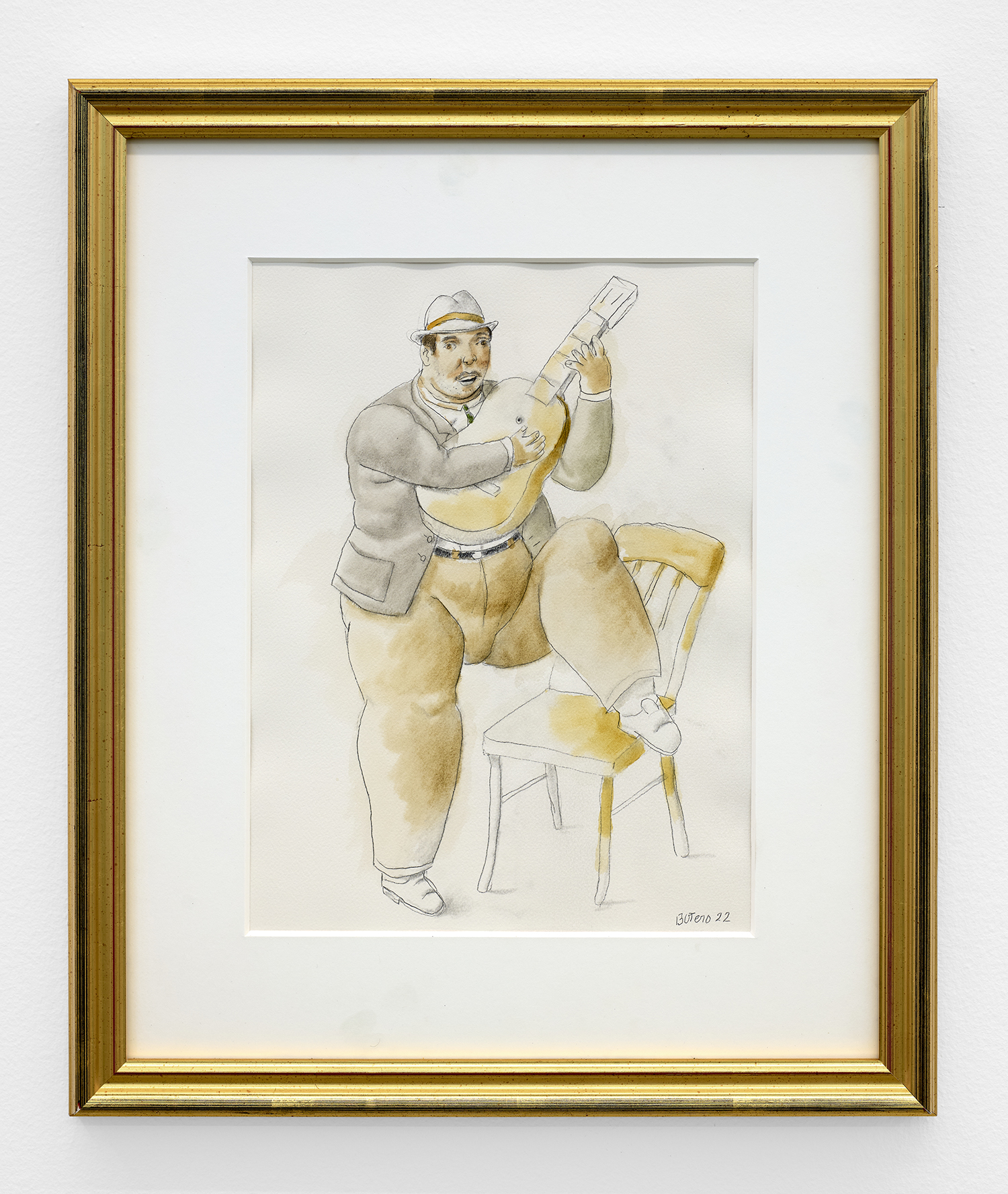
Fernando Botero, Guitar Player, 2022, water color and pencil on paper, 16 x 12 inches, 41 x 30 cm, framed: 24 x 20 inches, 62 x 51 cm.
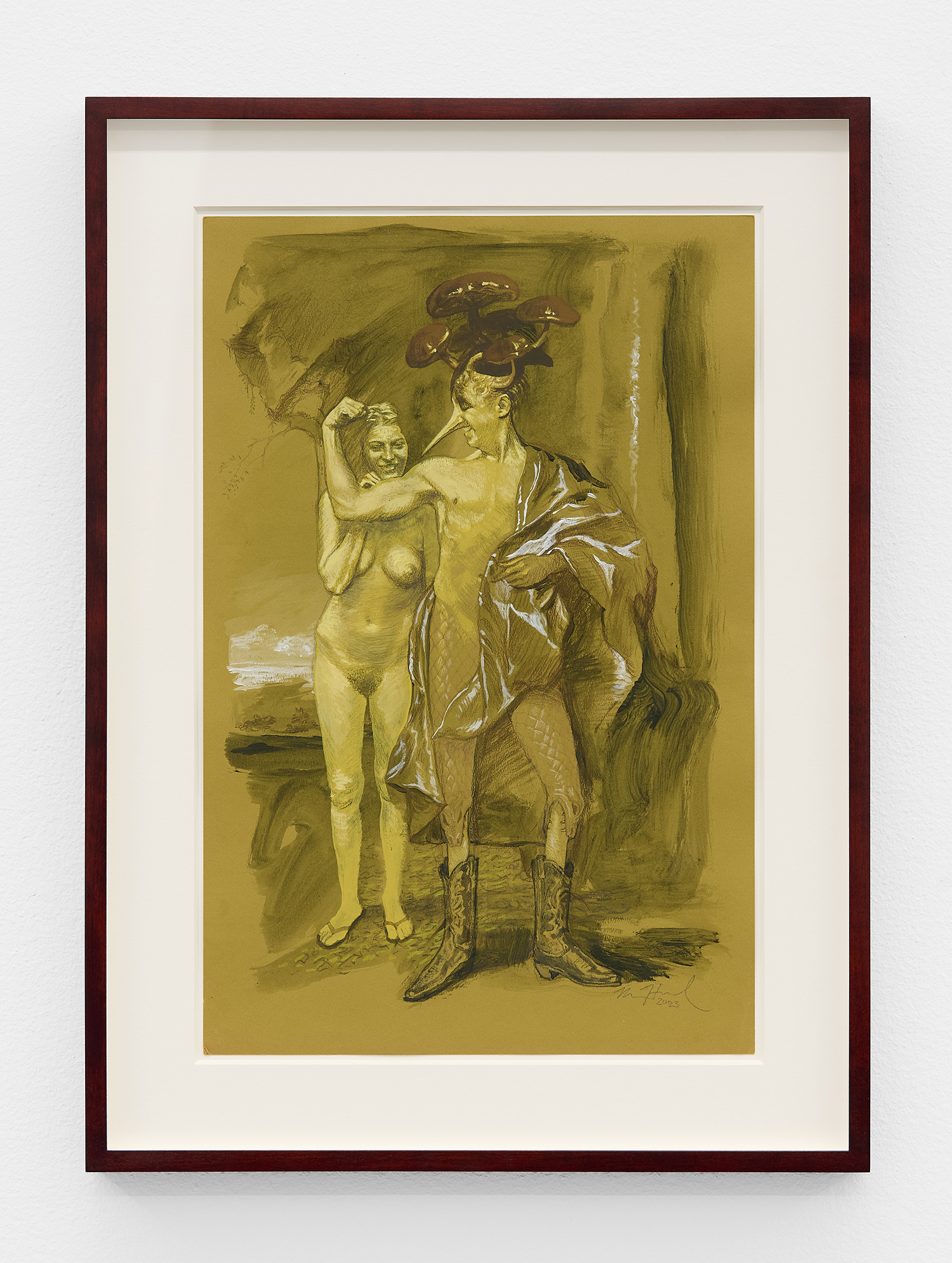
Matthew Hansel, Mr. Muscles, 2023, flashe paint and colored pencil on paper, 19 x 11.5 inches, 48 x 29 cm, framed: 23.5 x 16 inches, 60 x 41 cm.
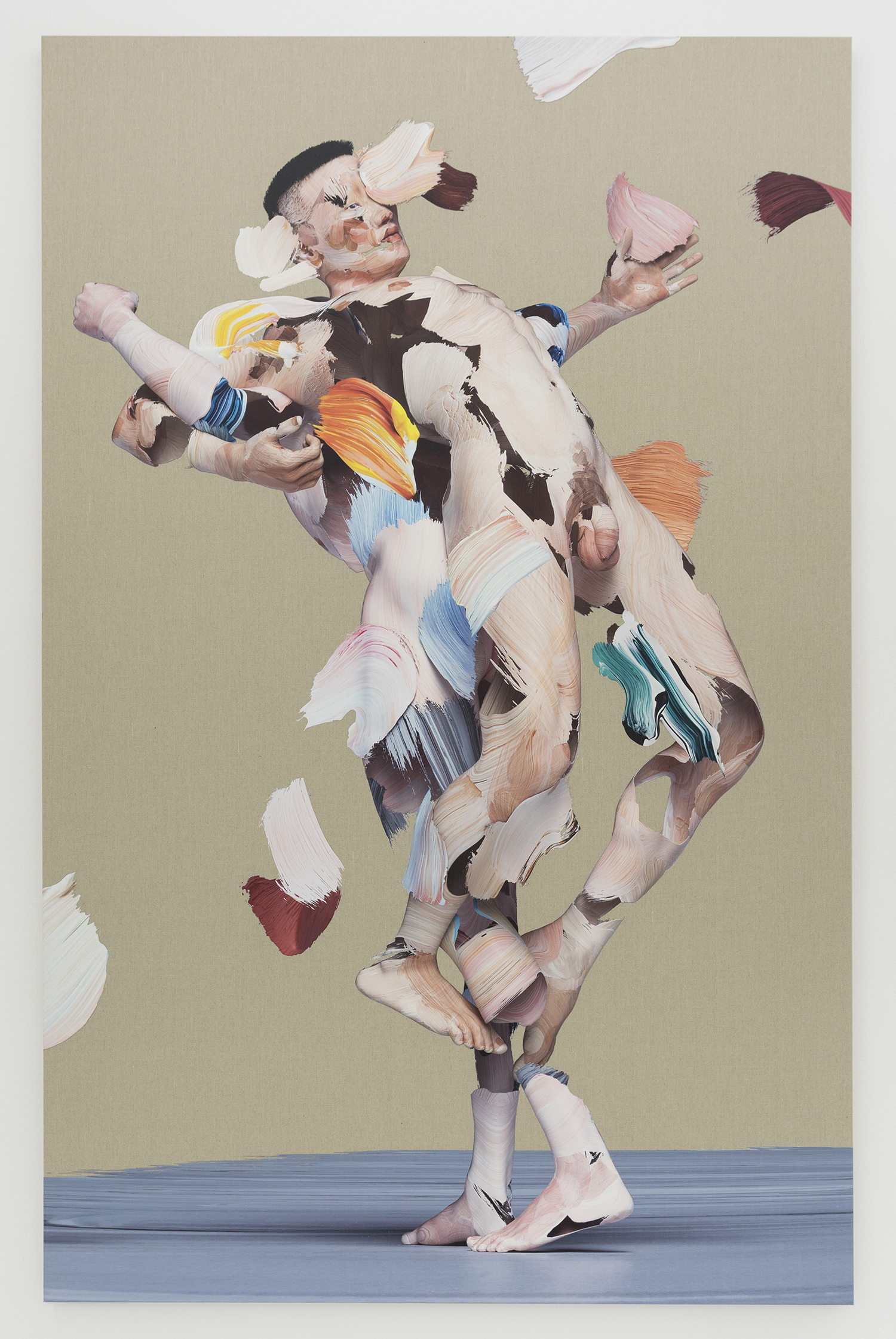
Matthew Stone, Shared Elevation, 2018, digital print on linen, 98.4 x 63 inches, 160 x 250 cm.
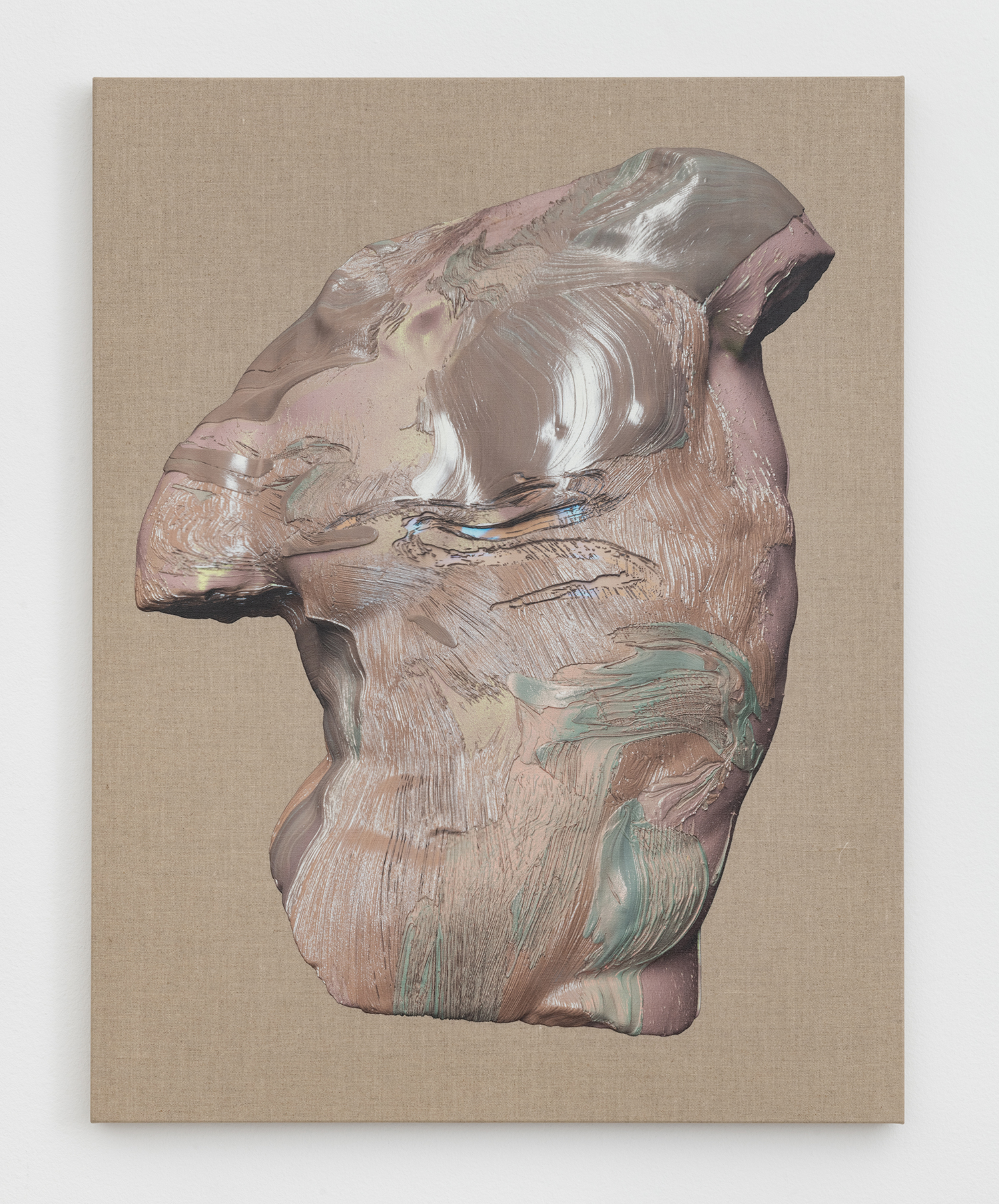
Matthew Stone, Gaddi Torso (Stone), 2023, digital print and acrylic on linen, 35 x 28 inches, 90 x 70 cm.
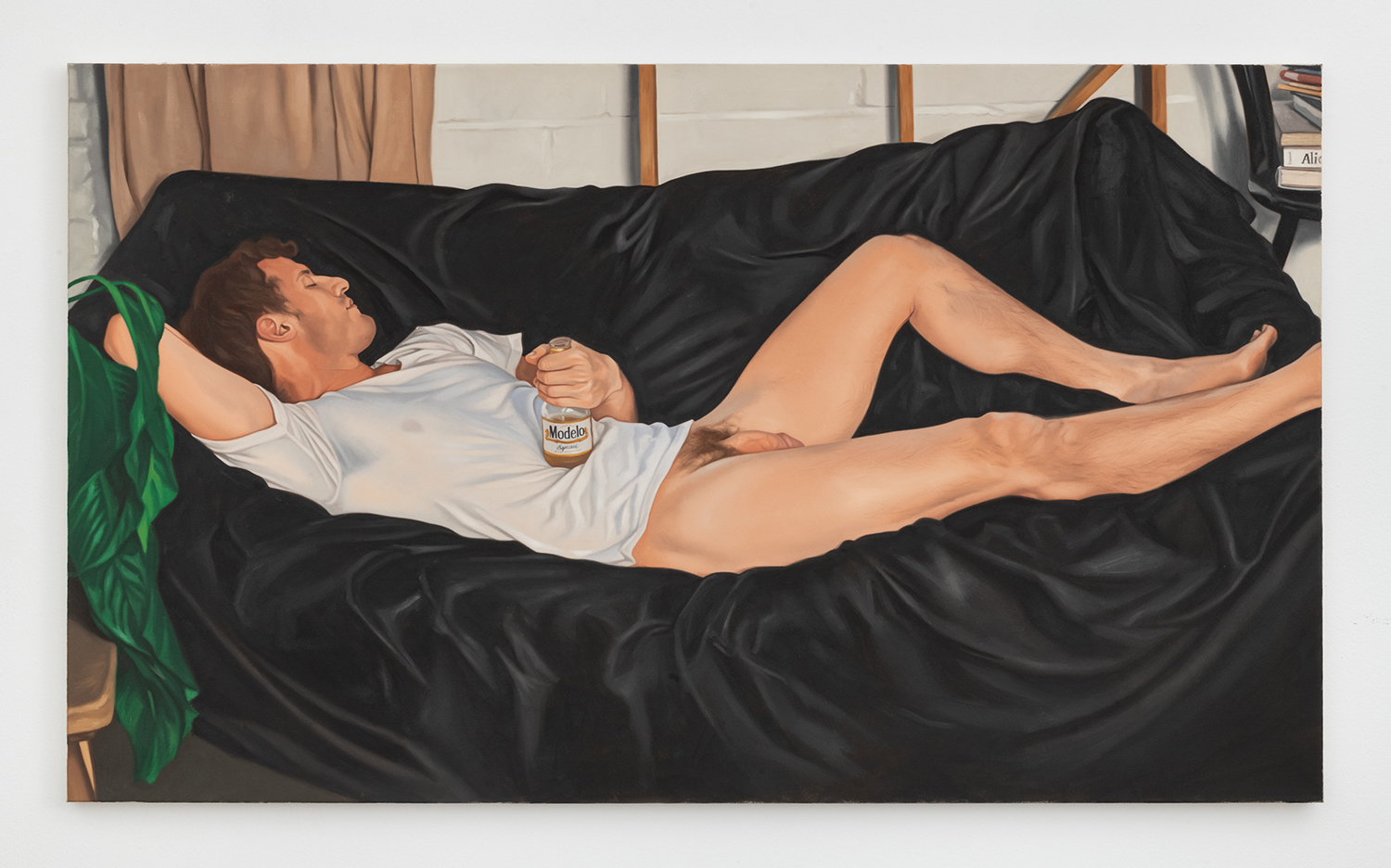
Alexandra Rubinstein, White Guy, 2018, oil on canvas, 40 x 69 inches, 102 x 175 cm.
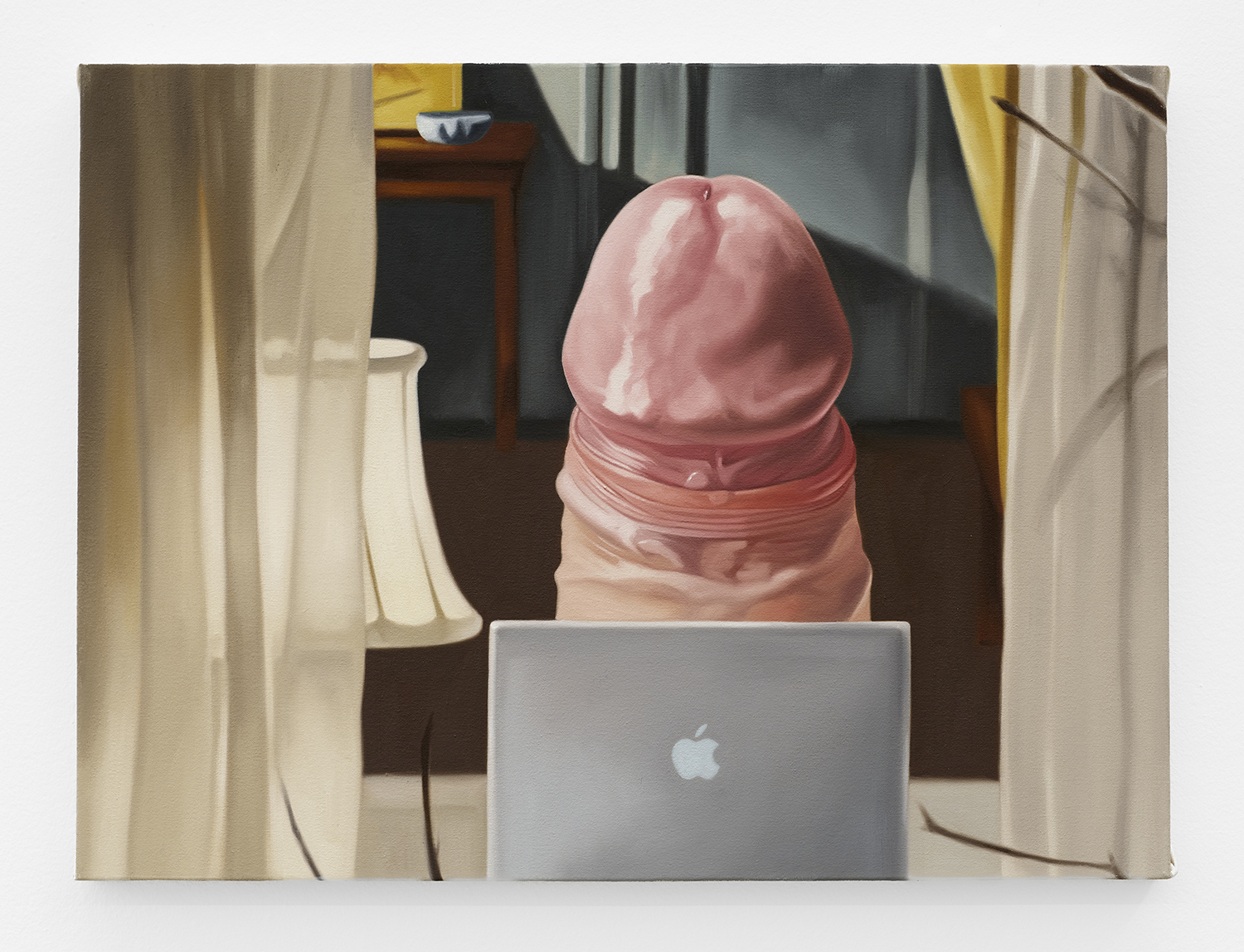
Alexandra Rubinstein, I Couldn’t Help But Wonder, 2020, oil on canvas, 24 x 32 inches, 61 x 81 cm.
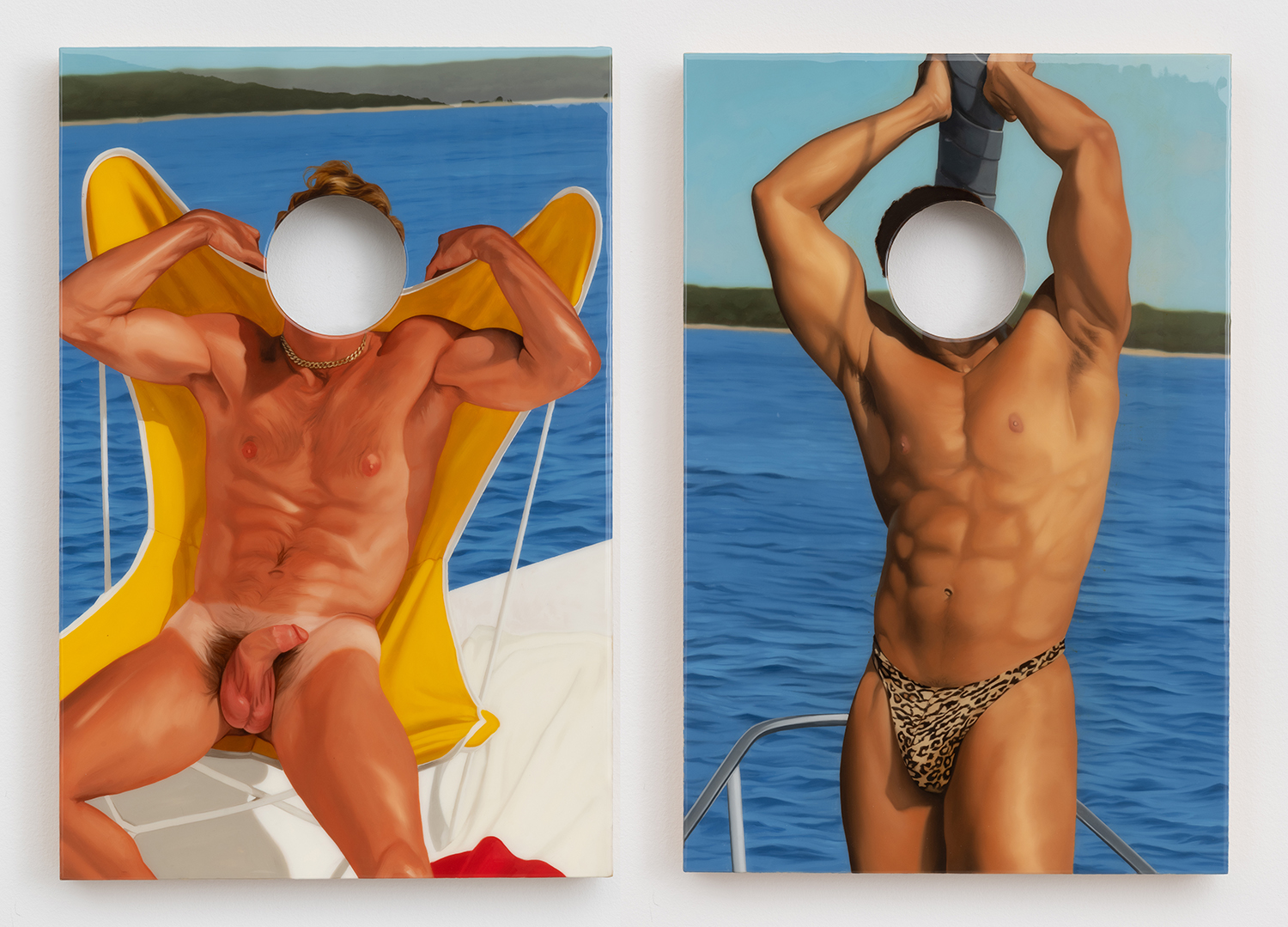
Alexandra Rubinstein, Just A Hole - Hole 1 & Hole 2, 2024, oil on wood, resin, both 36 x 24 inches, 91 x 61 cm with 12 inch collapsible legs.
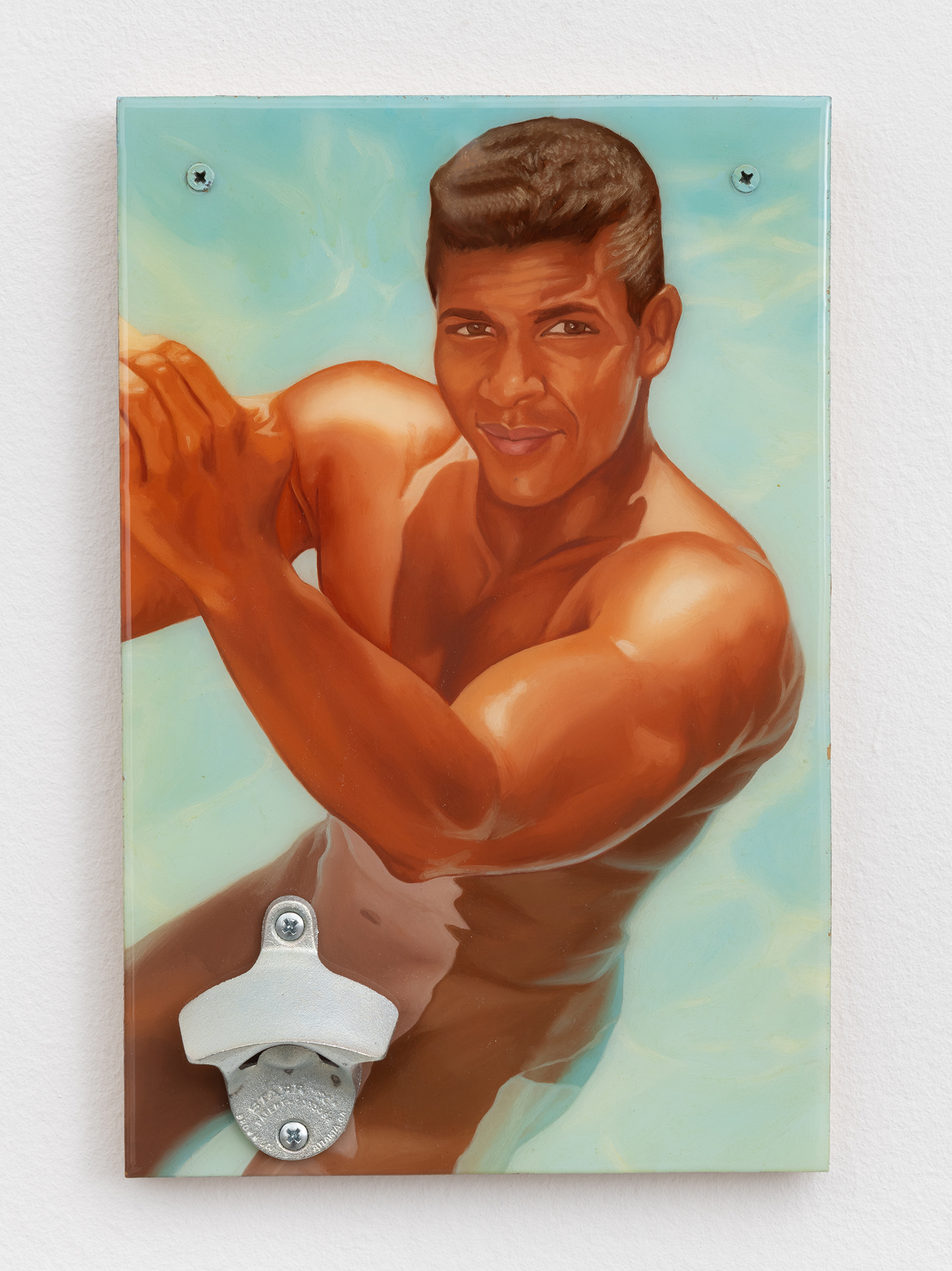
Alexandra Rubinstein, Thirsty (Clifton), 2016, oil on wood, steel bottle opener, 13 x 9 inches, 33 x 23 cm.
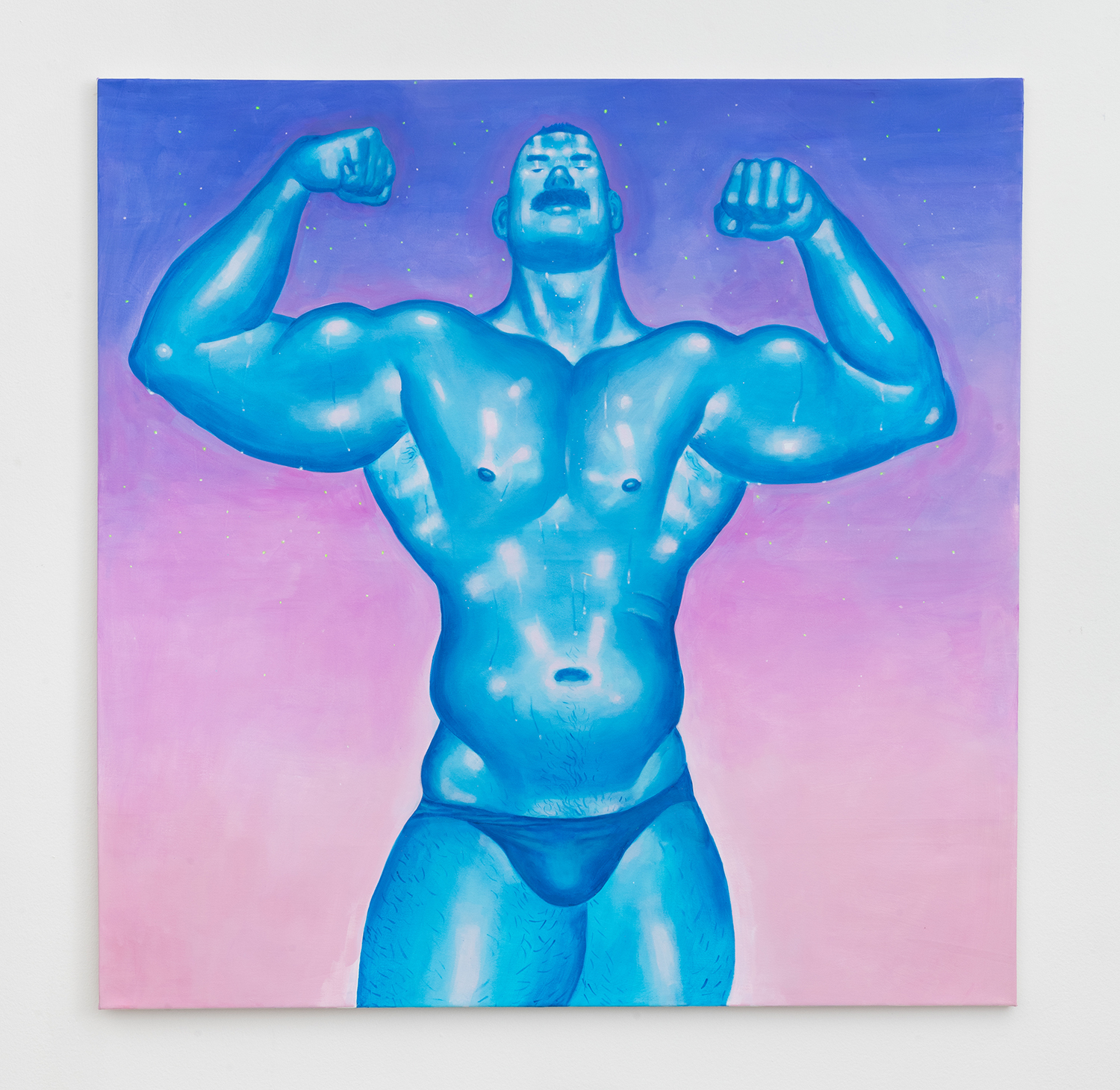
Justin Yoon, A Good Pump, 2024, acrylic, acrylic gouache, glitter on canvas, 50 x 50 inches, 127 x 127 cm.
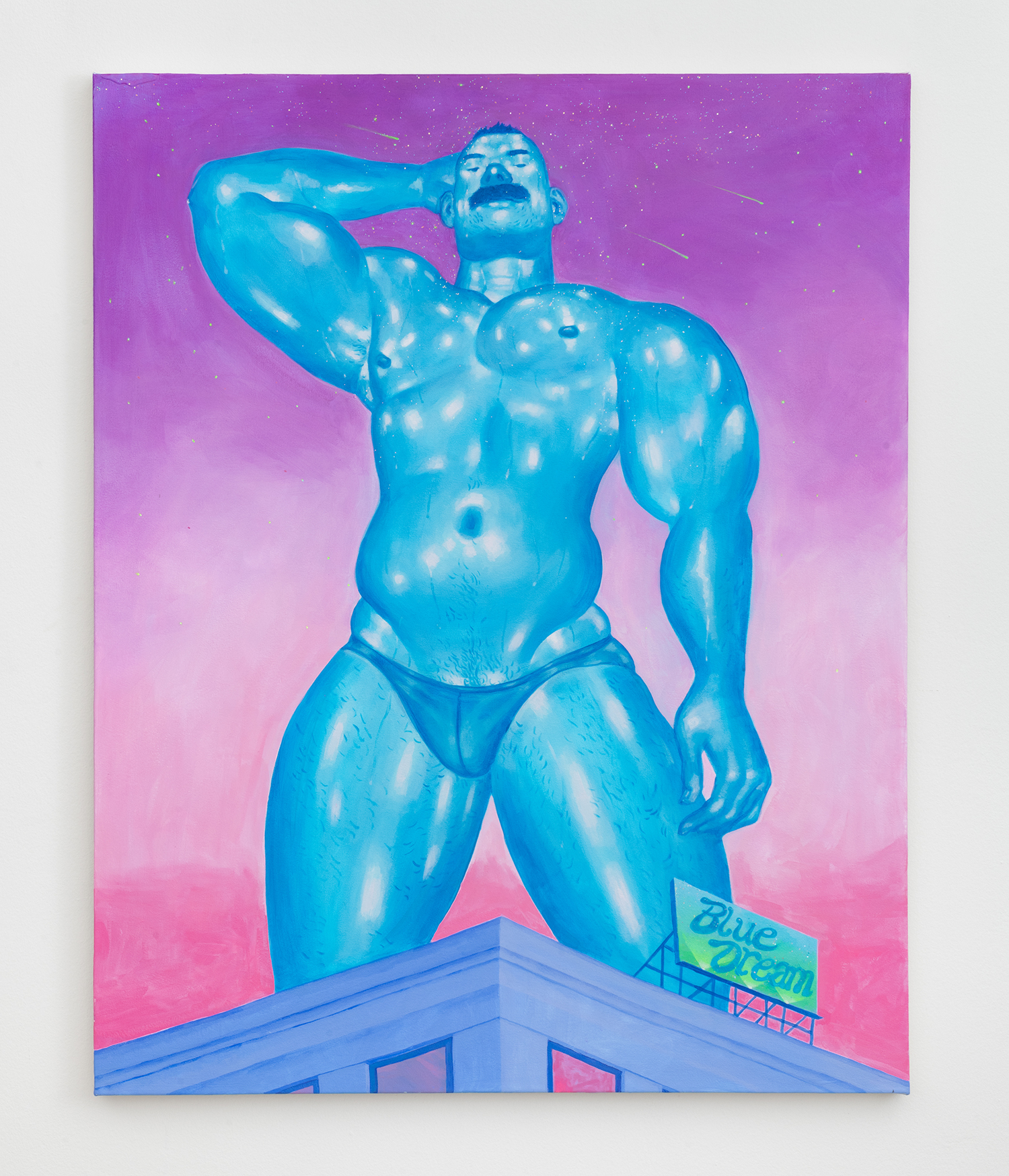
Justin Yoon, Body & Soul 1, 2024, acrylic, acrylic gouache, glitter on canvas, 50 x 40 inches, 127 x 102 cm.
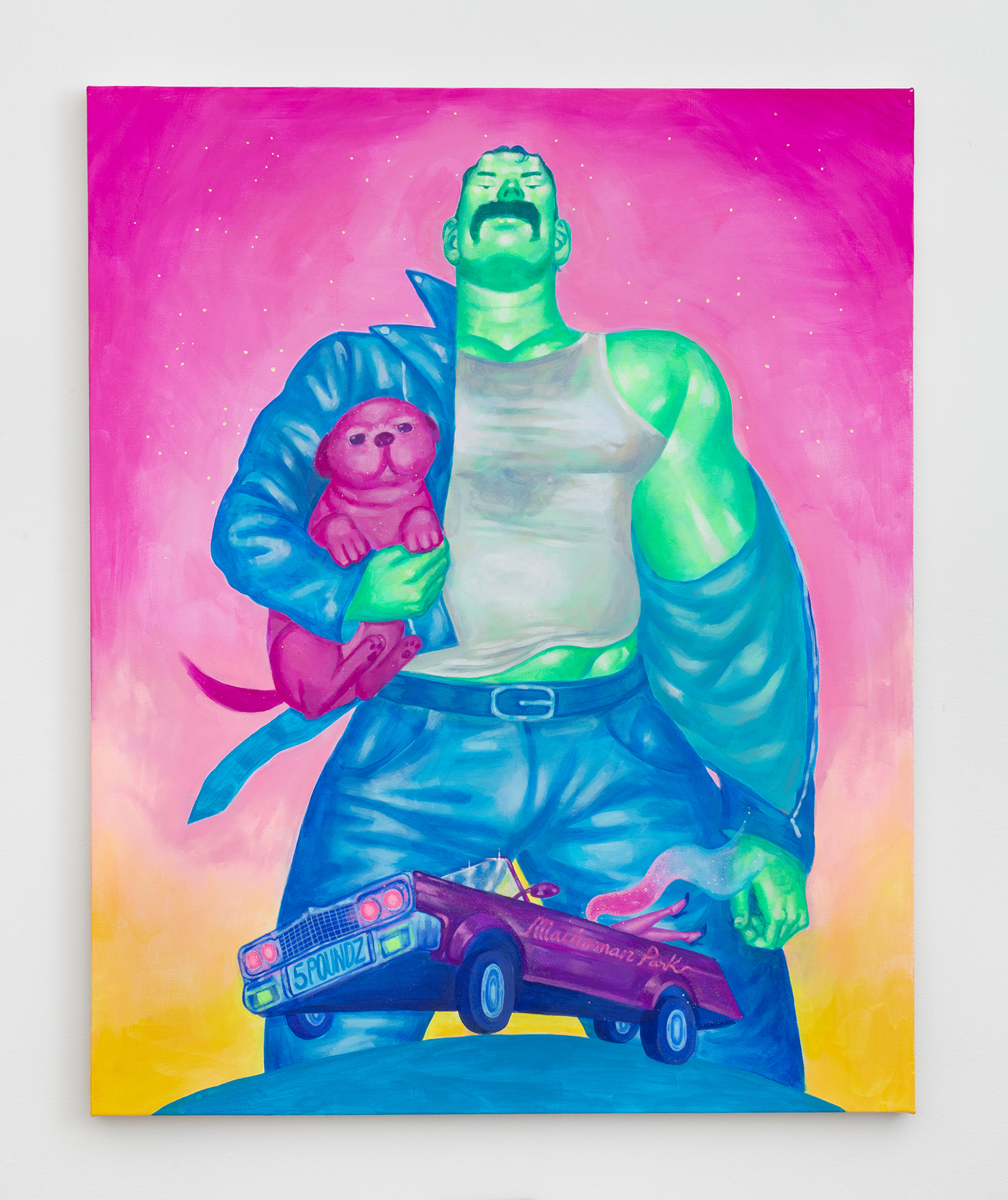
Justin Yoon, Body & Soul 3, 2024, acrylic, acrylic gouache, glitter on canvas, 50 x 40 inches, 127 x 102 cm.
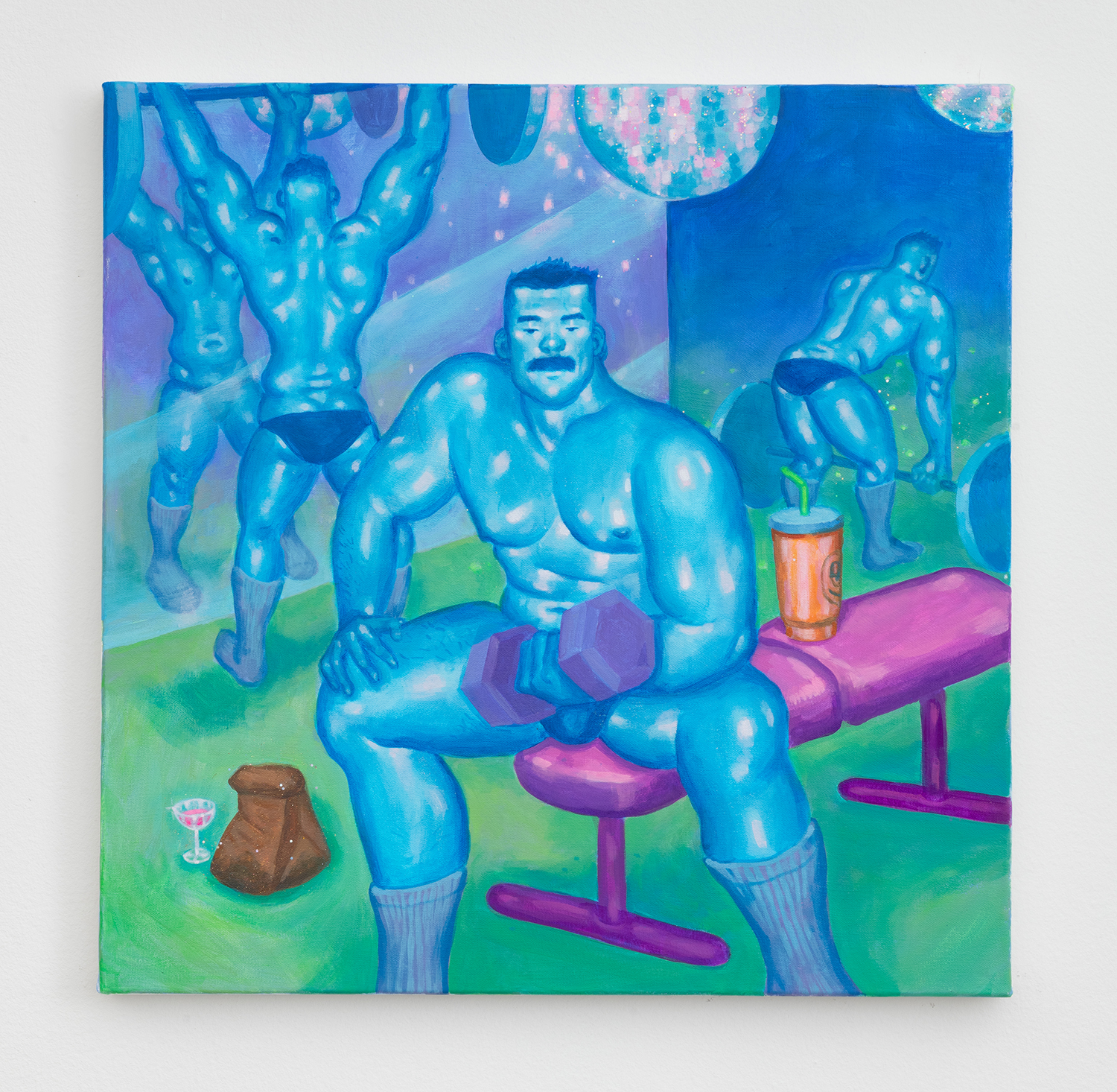
Justin Yoon, Calculating Bimbo, 2024, acrylic, acrylic gouache, glitter on canvas, 24 x 24 inches, 61 x 61 cm.
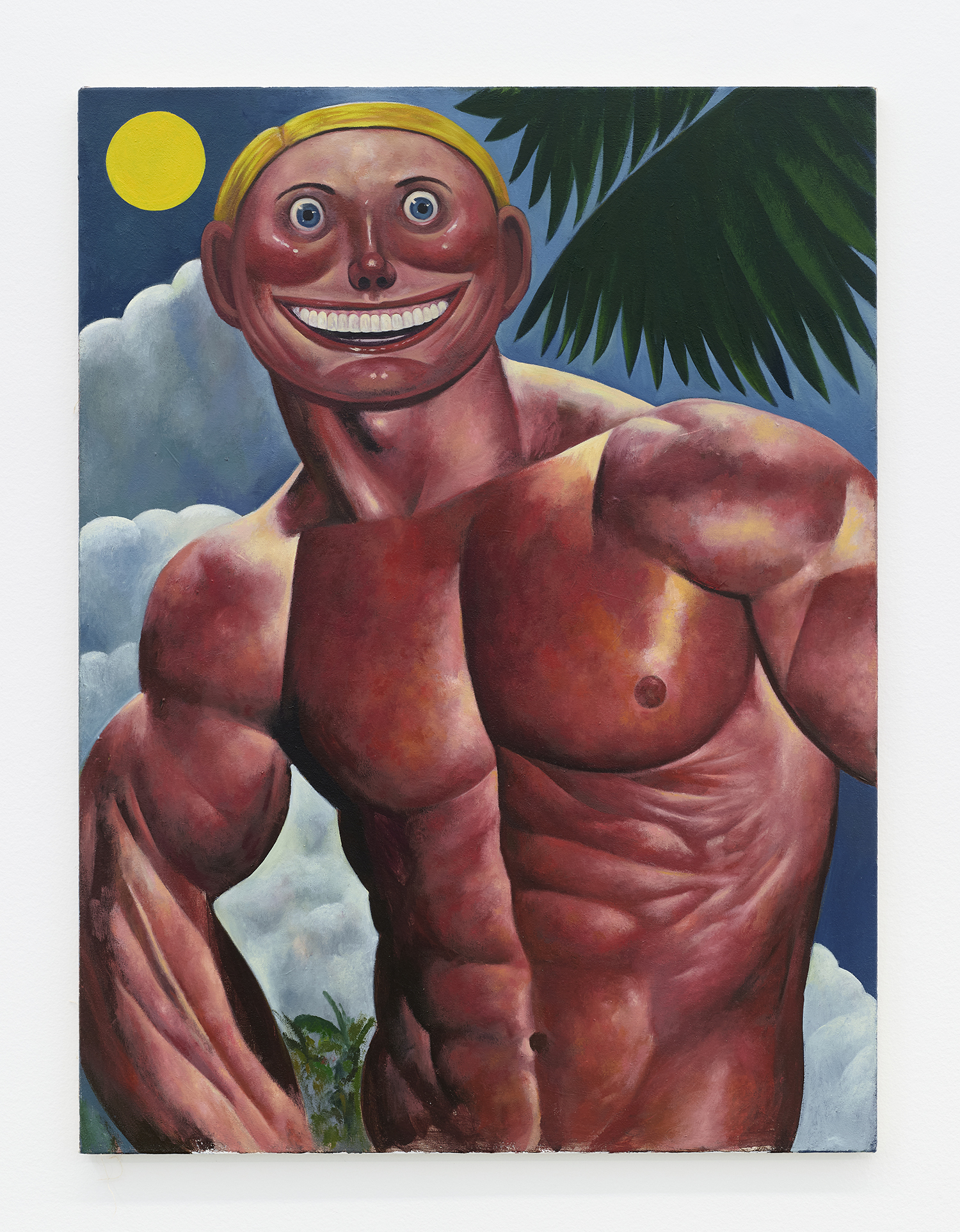
Amalia Angulo, Tropical Man, 2024, oil on canvas, 40 x 30 inches, 102 x 76 cm.
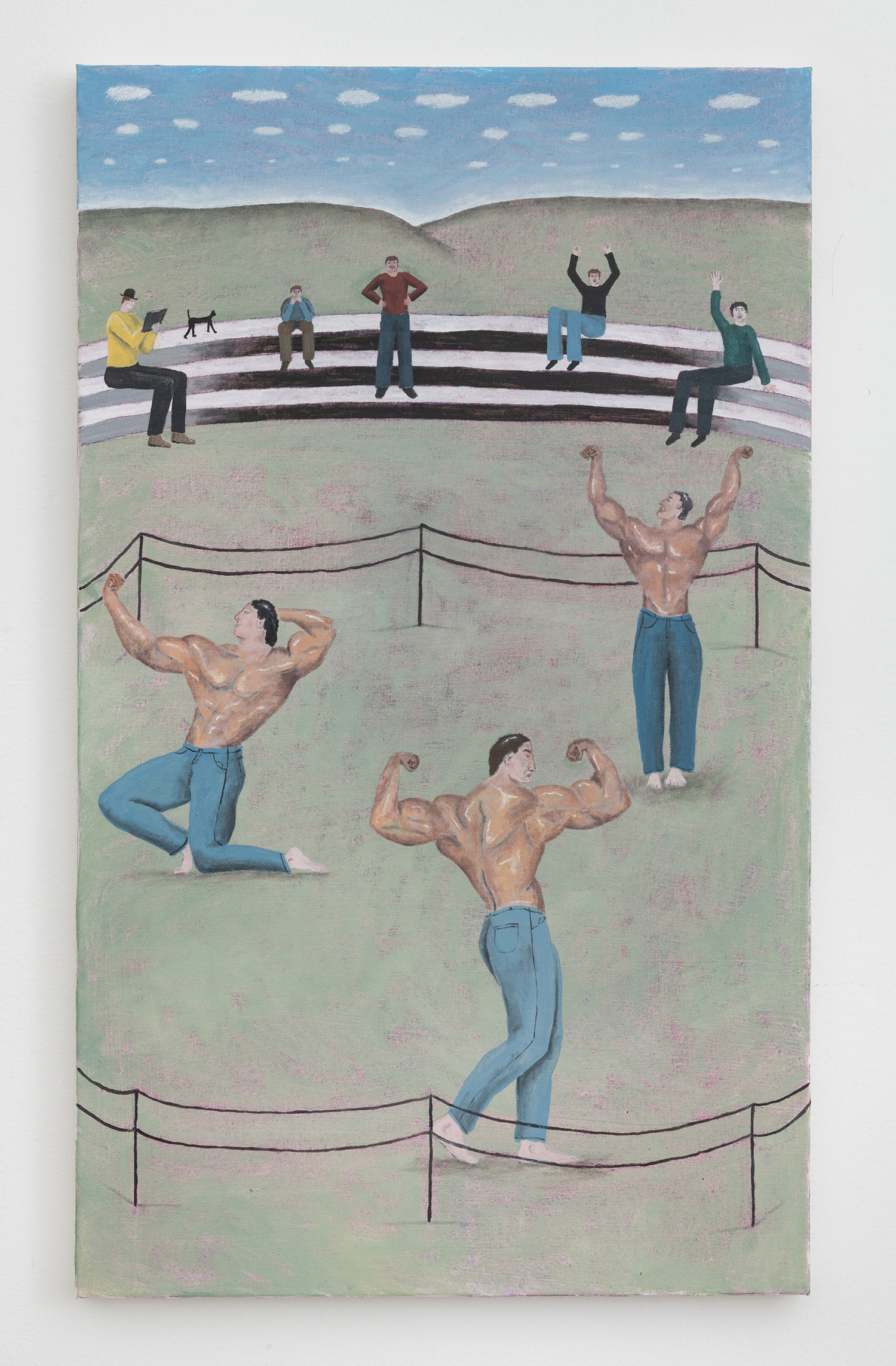
William Schaeuble, Annual Warren County Flex-Off, 2024, oil on canvas, 40 x 24 inches, 102 x 61 cm.
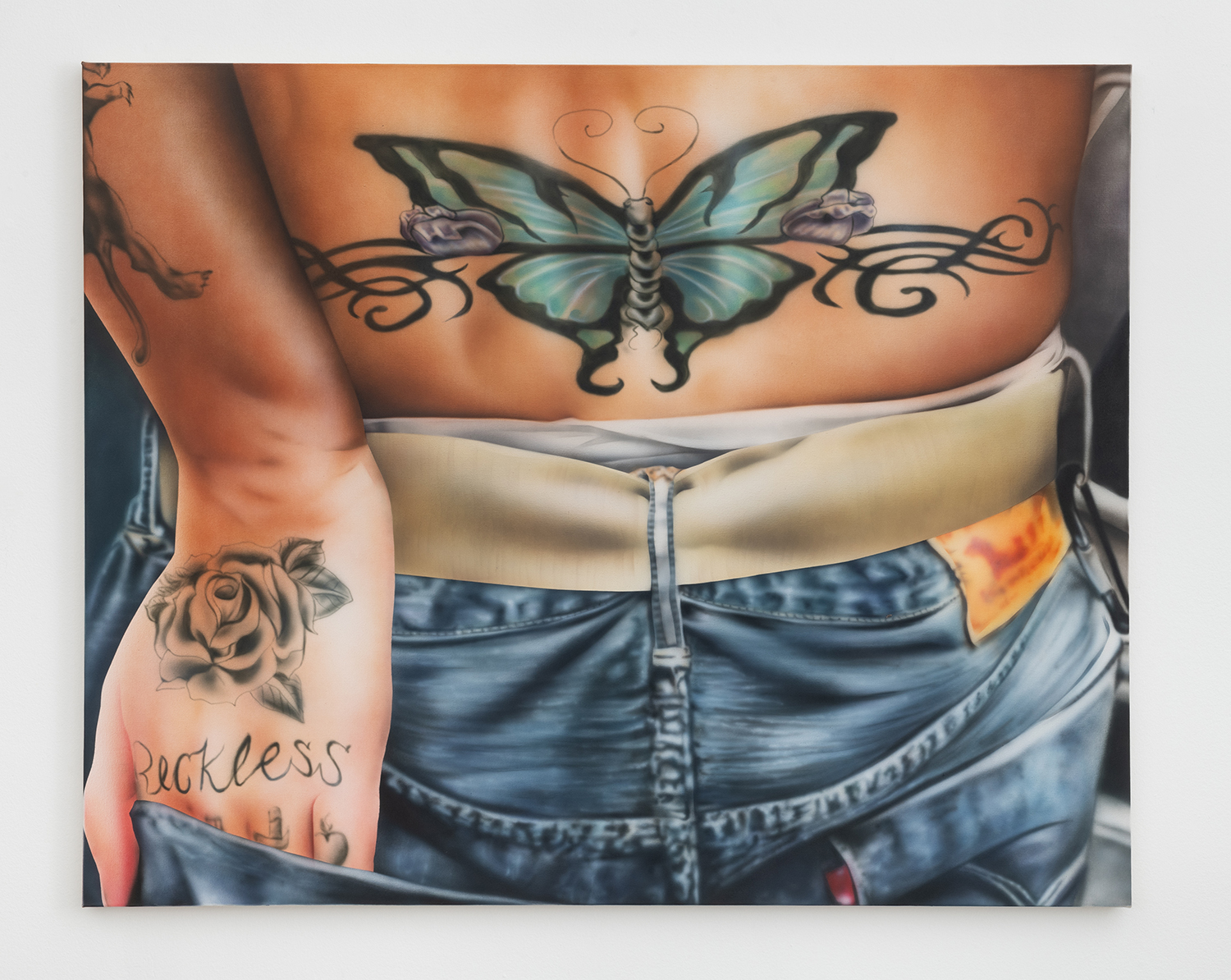
Mattia Guarnera MacCarthy, Metamorphosed, 2024, acrylic and airbrush on canvas, 47 x 59 inches, 120 x 150 cm.
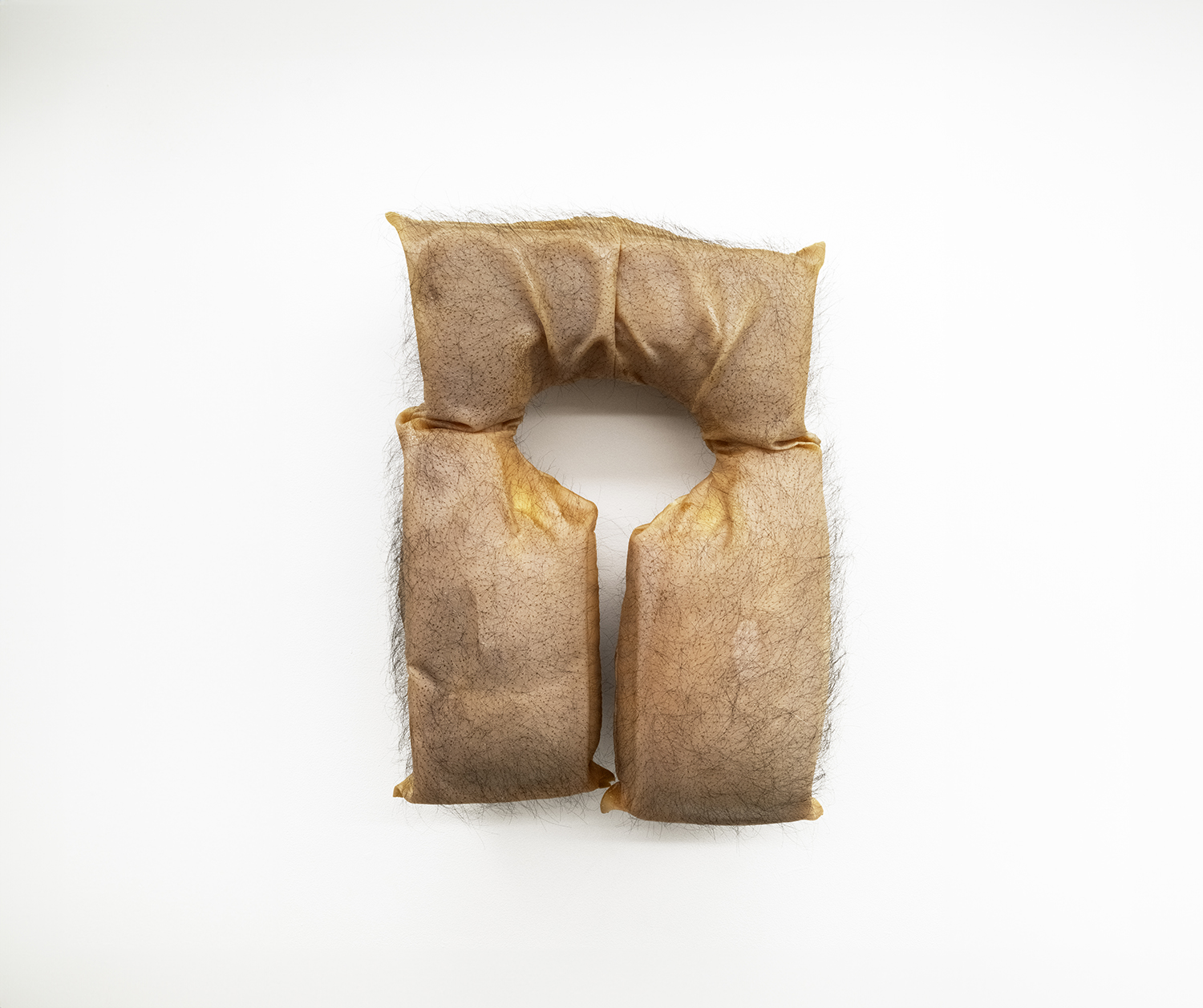
Todd Lim, Untitled (Life Preserver), 2019, rubber and human hair, 20 x 16 x 6 inches, 51 x 41 x 15 cm.
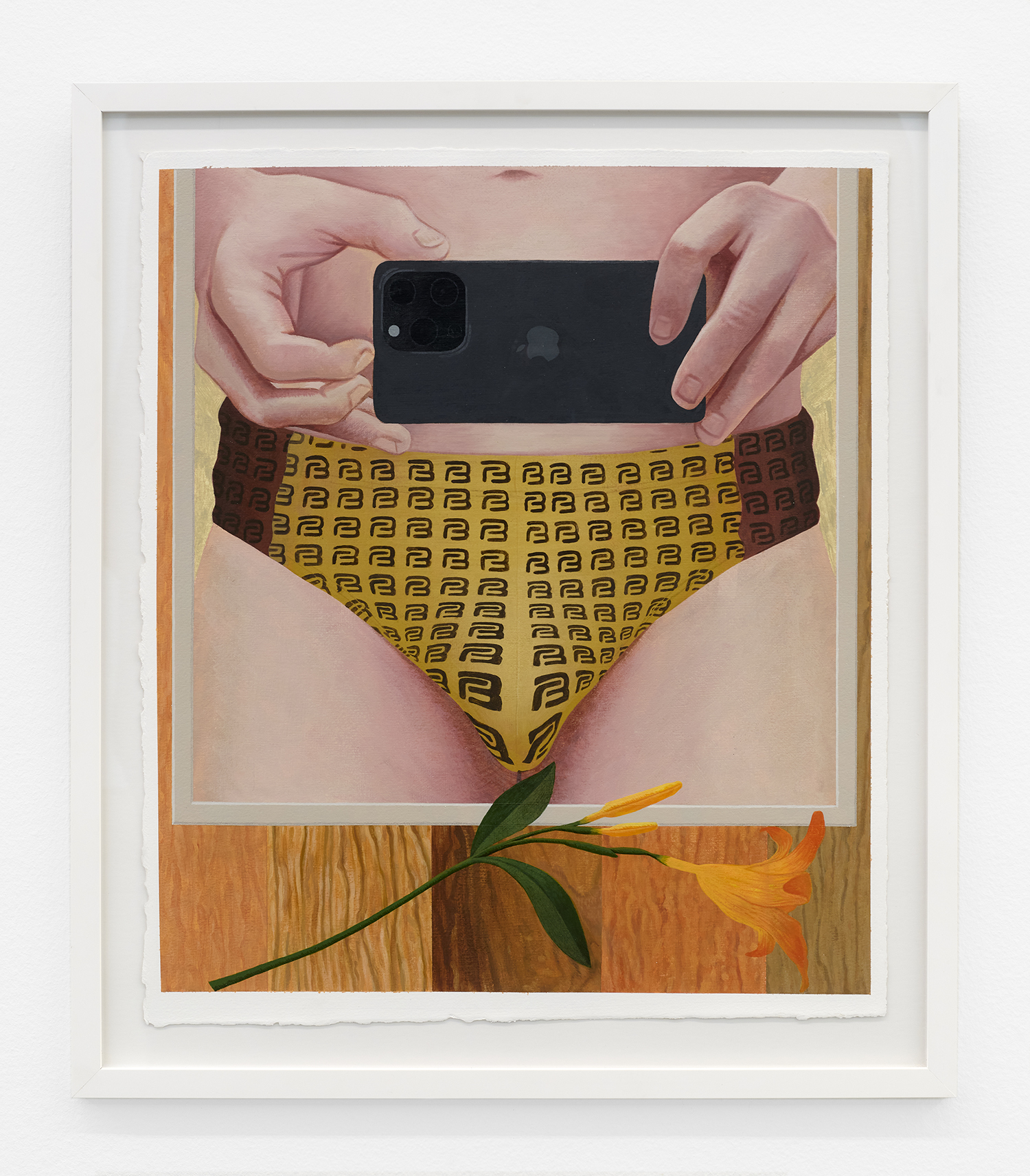
Michael Stamm, Self Portrait in Fire Island with Barragan Swimsuit and Lily, 2024, oil and acrylic on paper, 24 x 20 inches, 61 x 51 cm, framed: 27.5 x 23.5 x 1 inches, 70 x 60 cm.
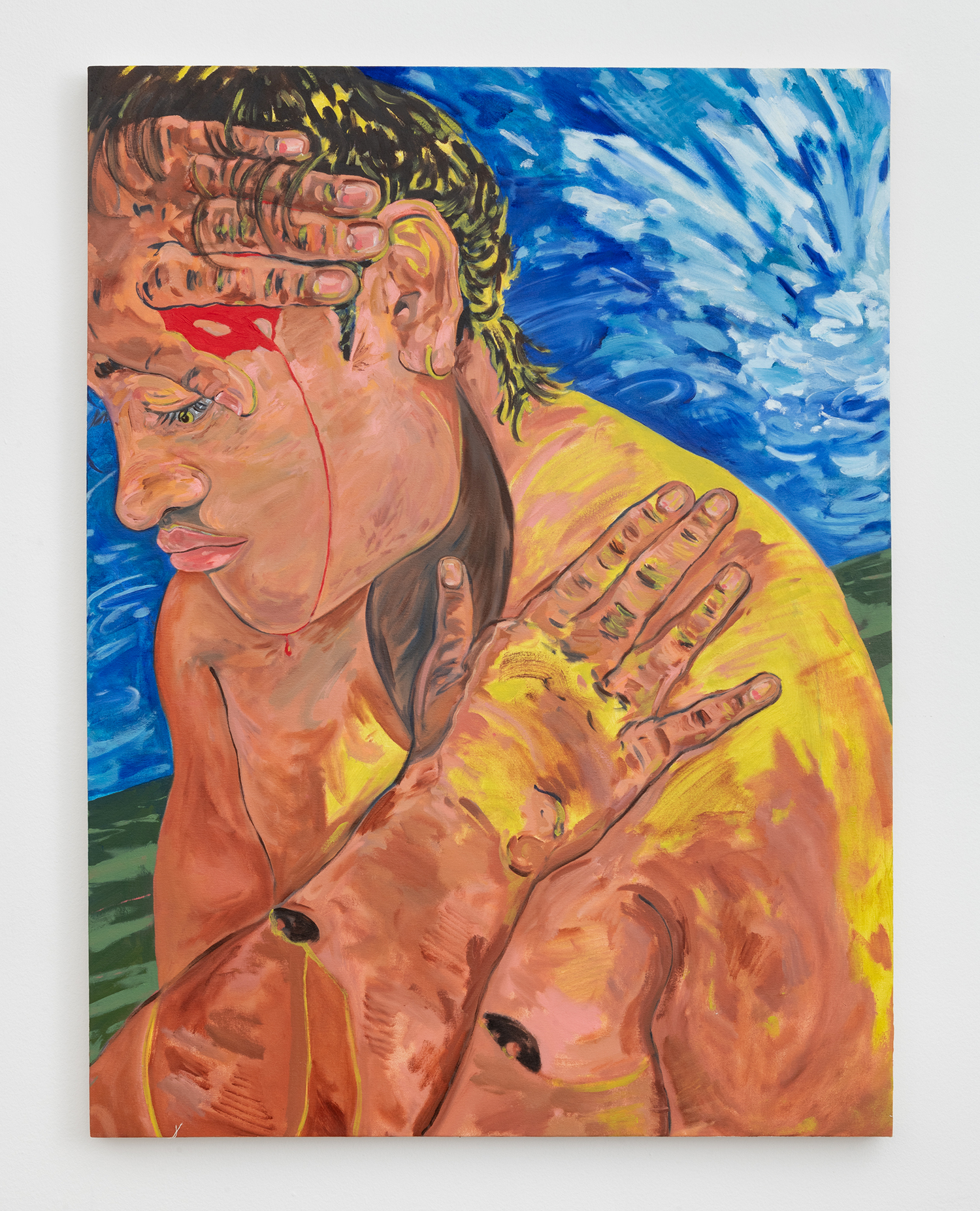
Ricardo Partida, Emergency Contact, 2024, oil on canvas, 48 x 36 inches, 122 x 191 cm.
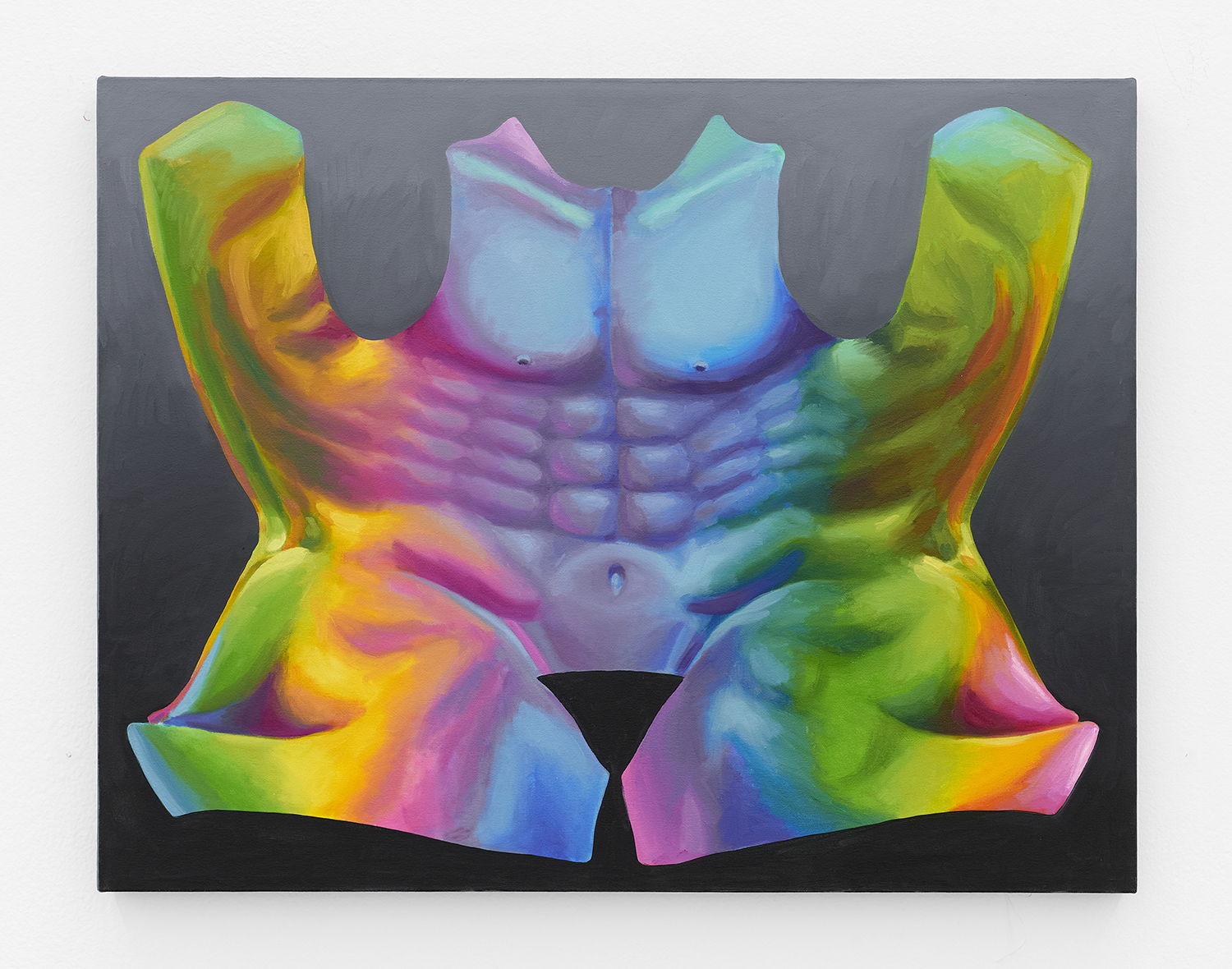
Bryant Girsch, Normal Torso, 2023, oil on canvas, 30 x 39 inches, 76 x 99 cm.
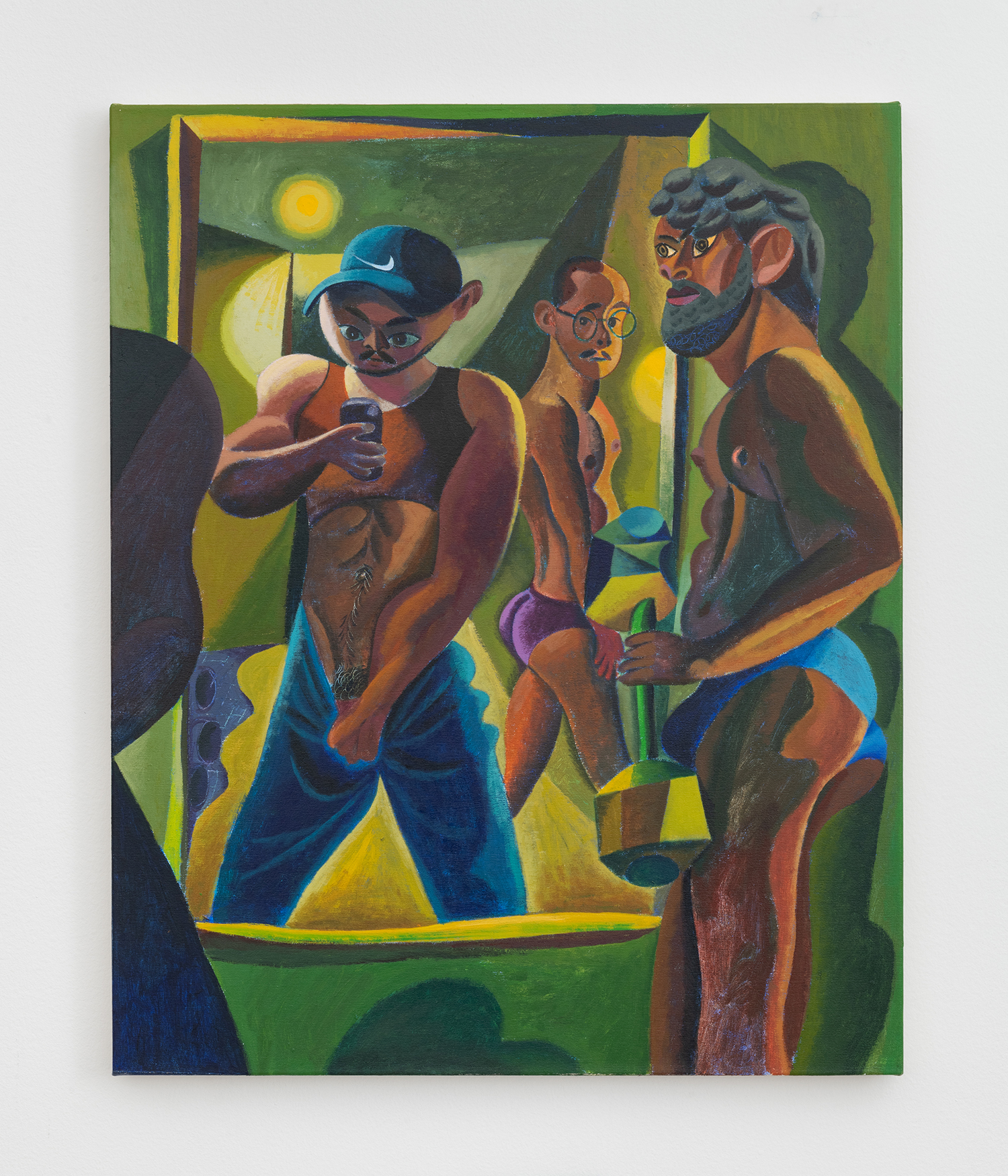
Morteza Khakshoor, My Fictional Trip To The Gym, 2023, acrylic on canvas, 32 x 26 inches, 81 x 66 cm.
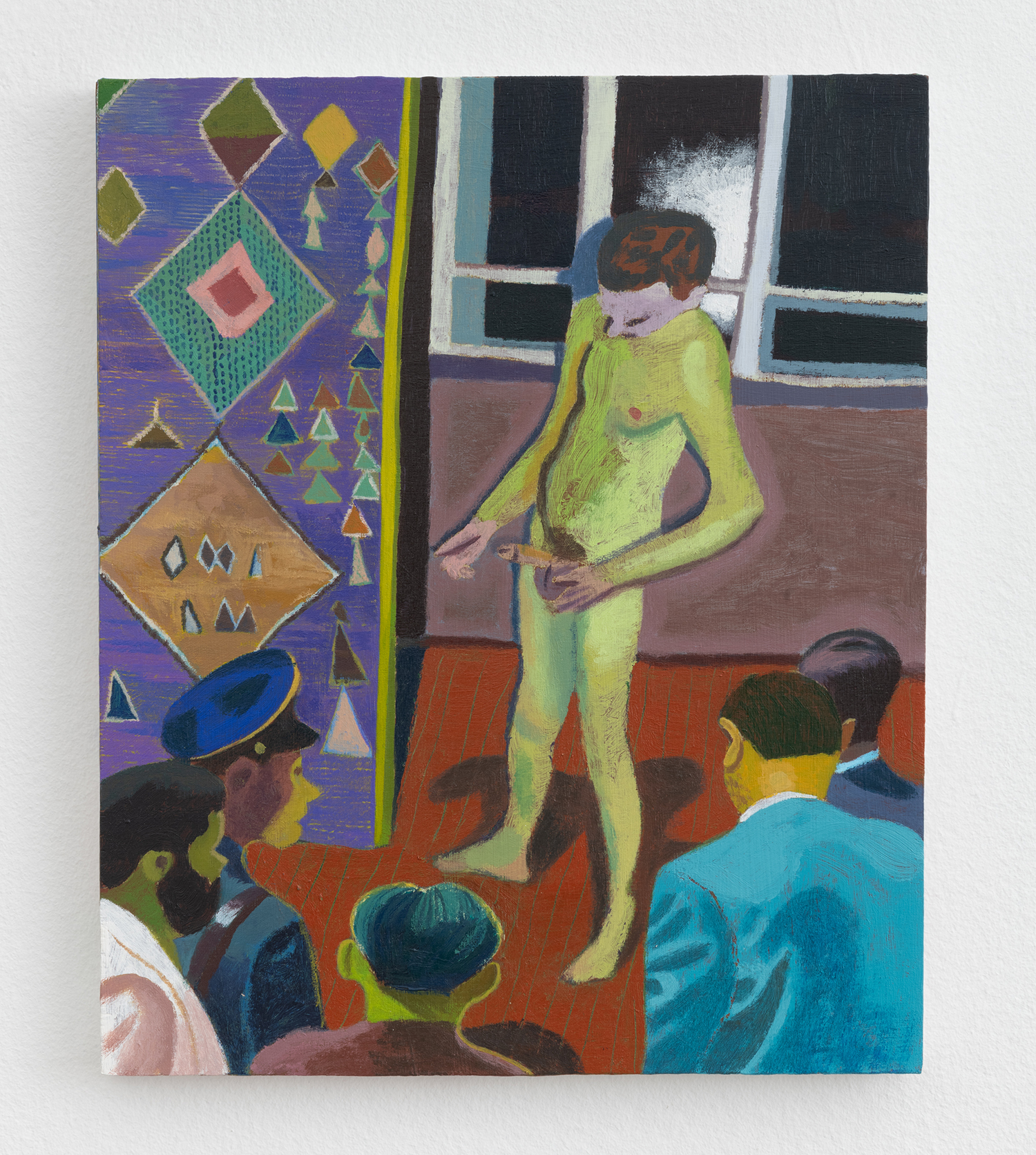
Morteza Khakshoor, Delegations, 2022, acrylic on panel, 12 x 10 inches, 30 x 25 cm.
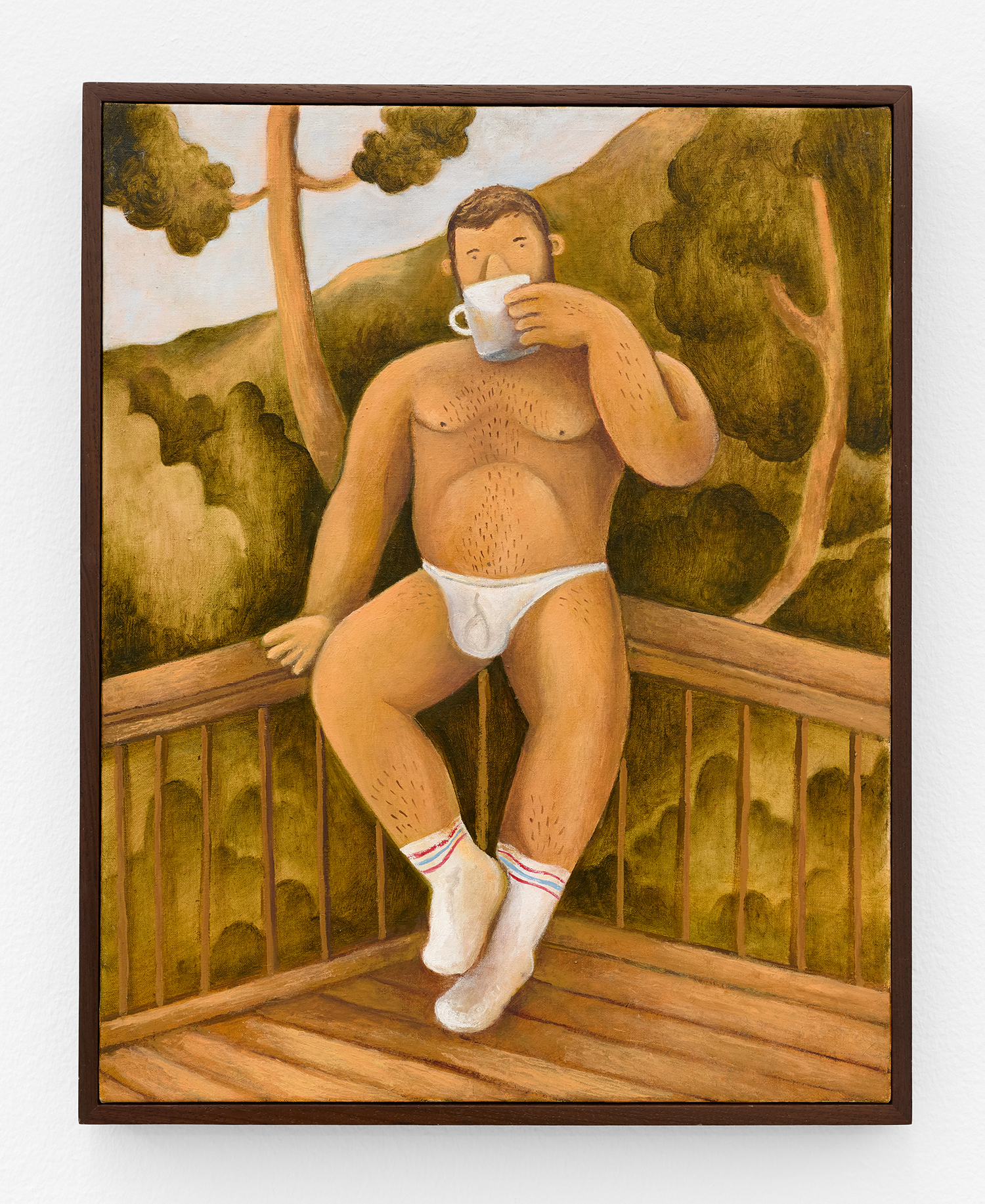
Carlos Rodríguez, Golden Hours, 2023, plaster and oil on canvas, 19 x 15 inches, 48 x 38 cm, framed: 20 x 16 x 1.5 inches, 51 x 40 x 4 cm.
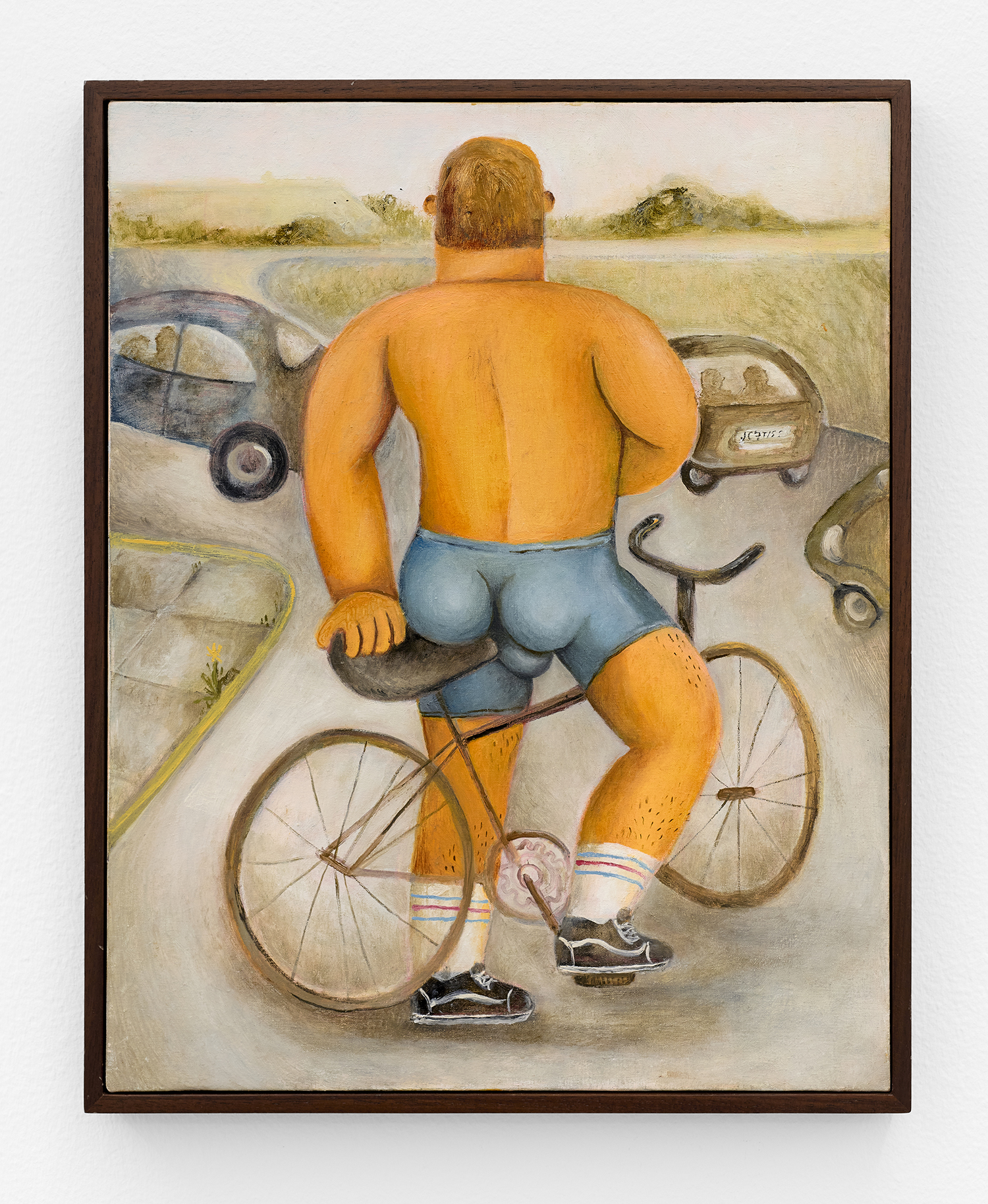
Carlos Rodríguez, All The Way Around, 2023, plaster and oil on canvas, 19 x 15 inches, 48 x 38 cm, framed: 20 x 16 x 1.5 inches, 51 x 40 x 4 cm.
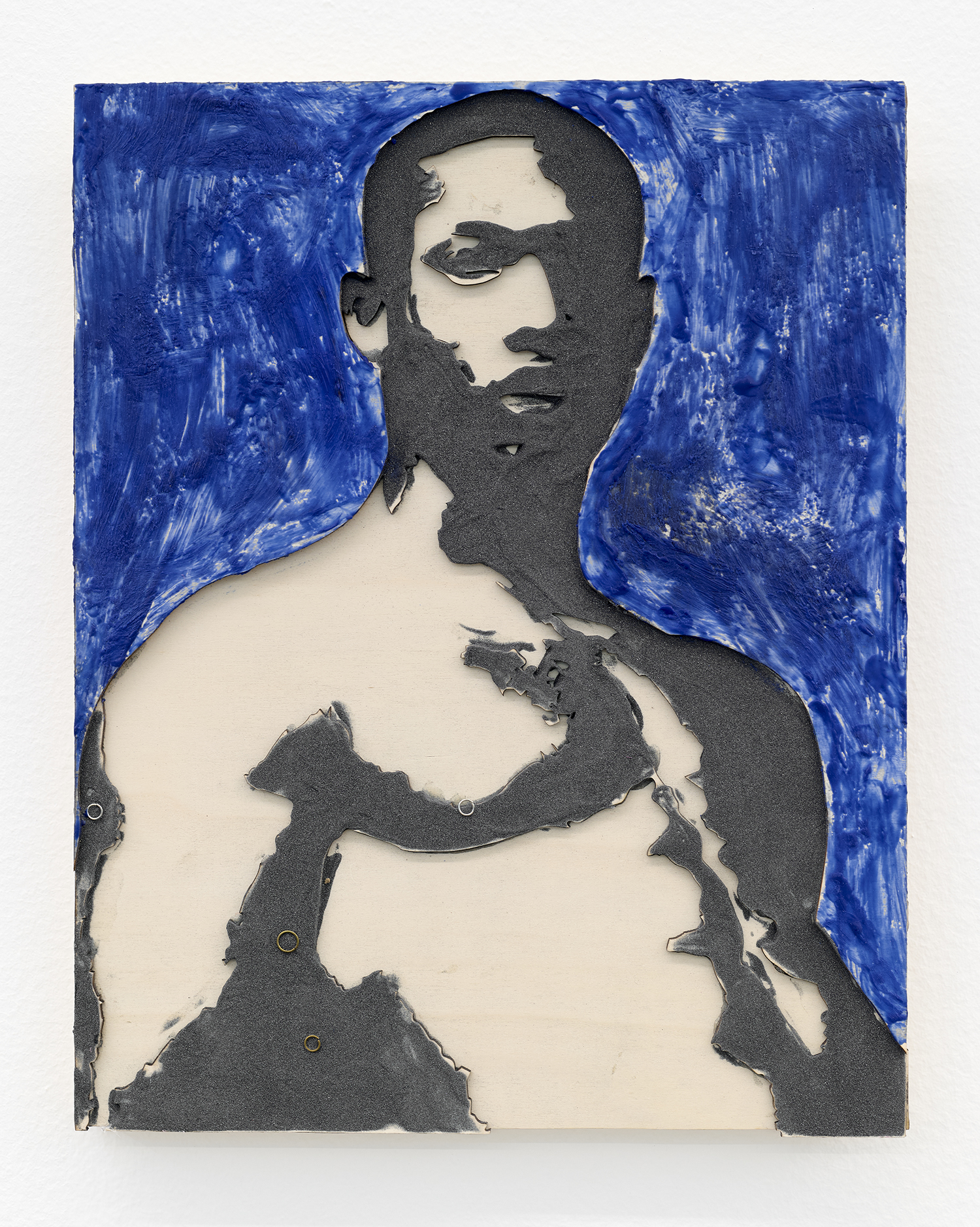
Anietie Ekanem, Osun 2/3, 2024, flocked carborundum and steel rings on MDF, encaustic and pthalo pigment on board, 17 x 12 inches, 42 x 30 cm.
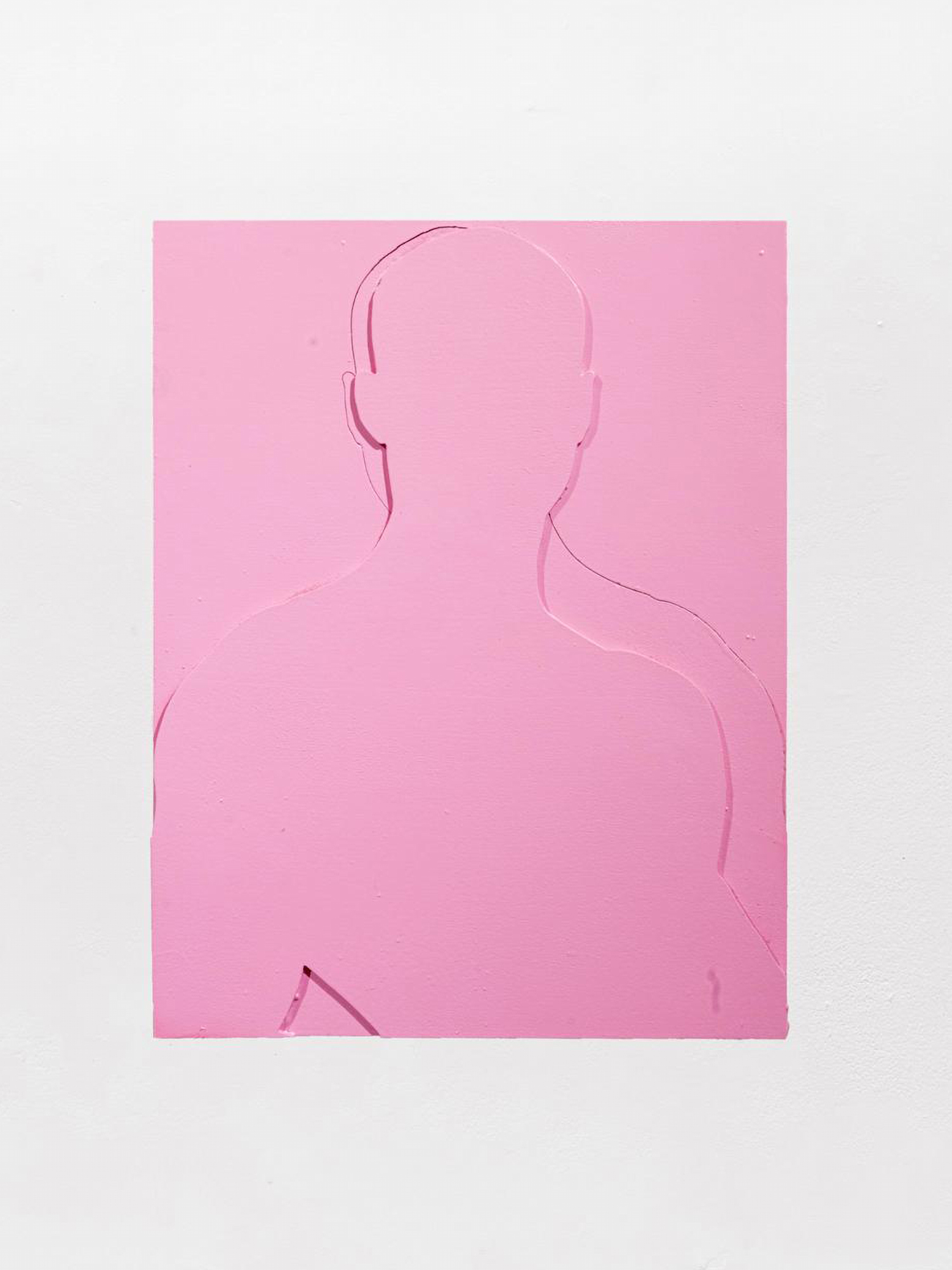
Anietie Ekanem, Osun 1/3, 2024, acrylic on MDF, 17 x 12 inches, 42 x 30 cm.